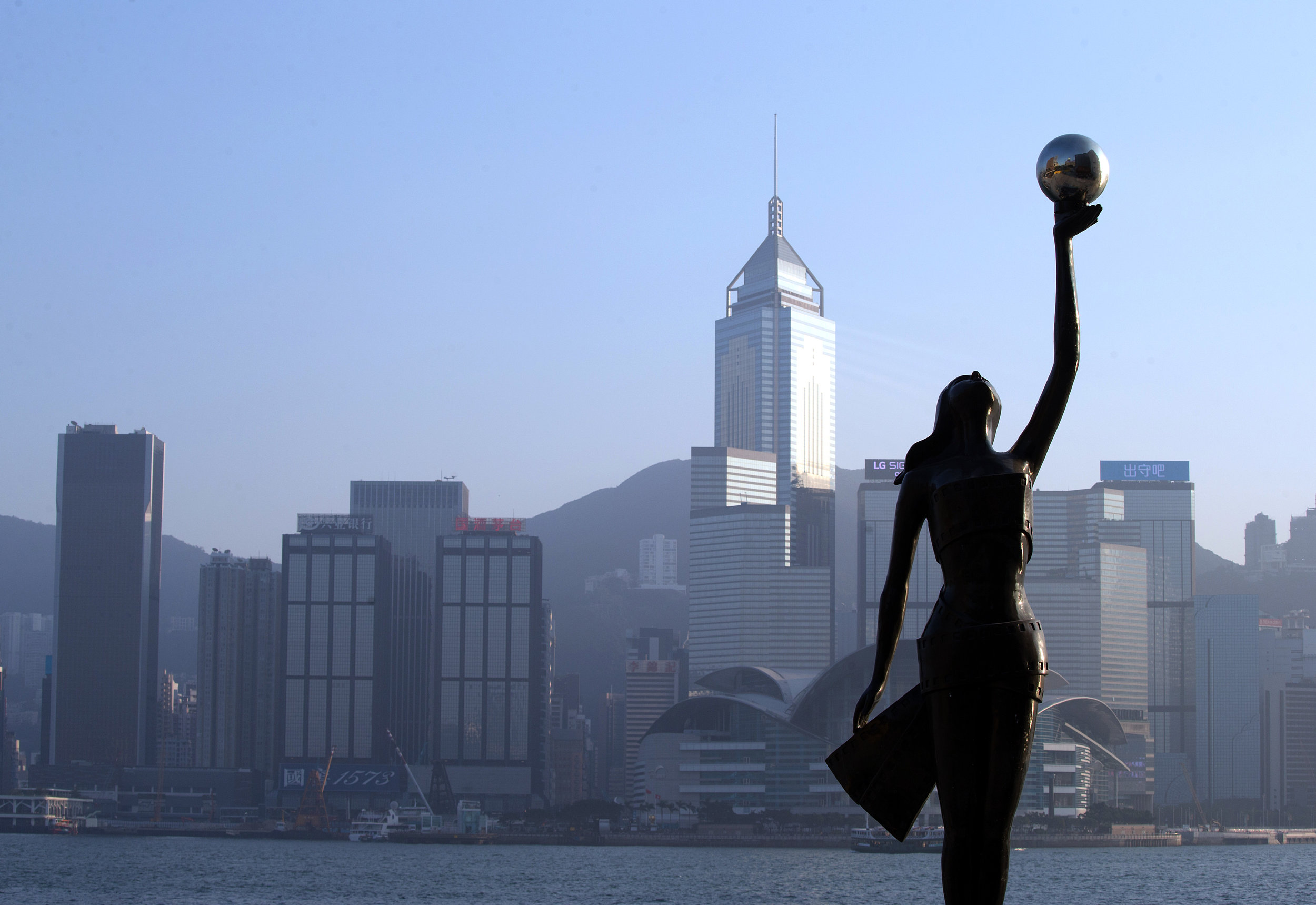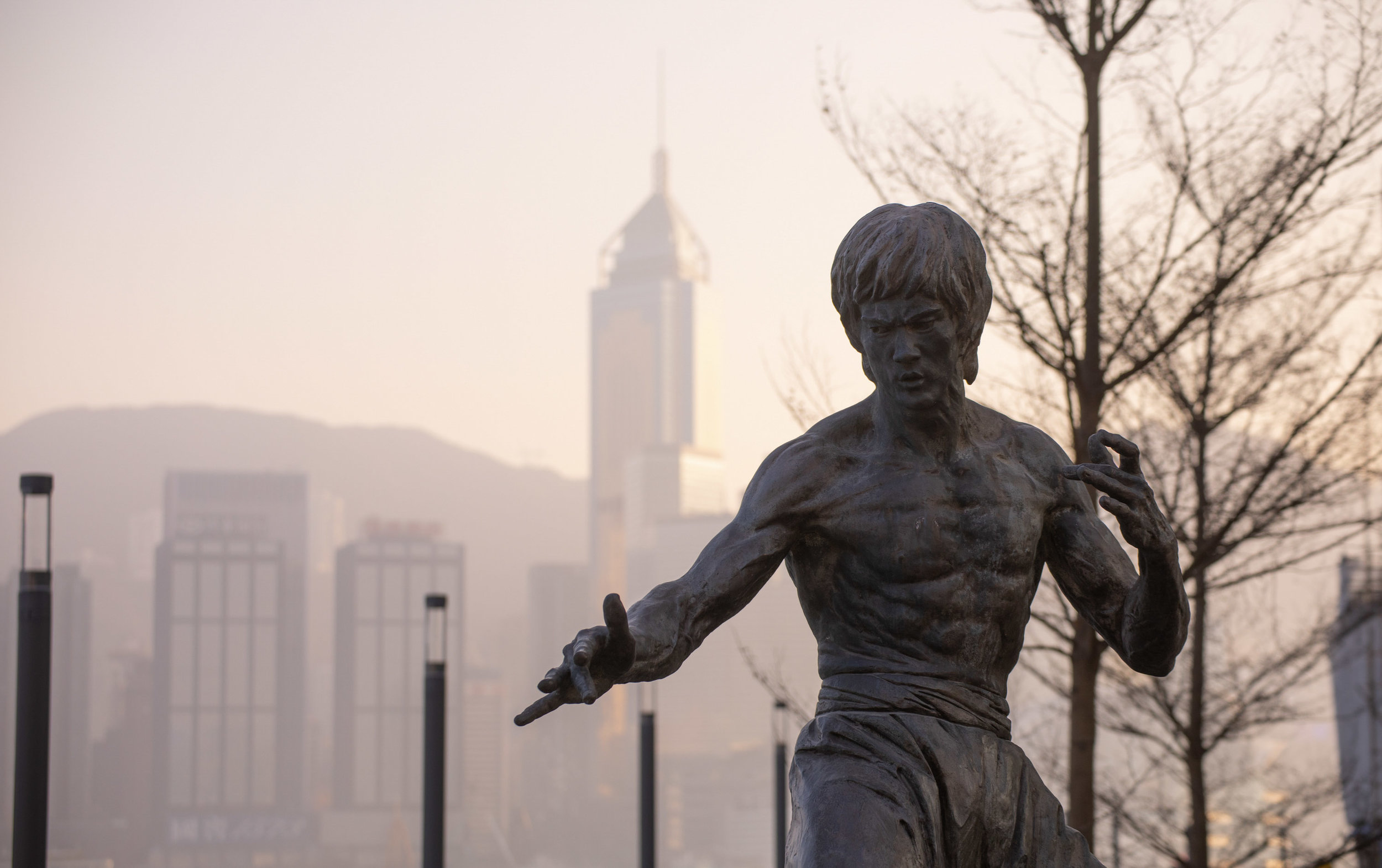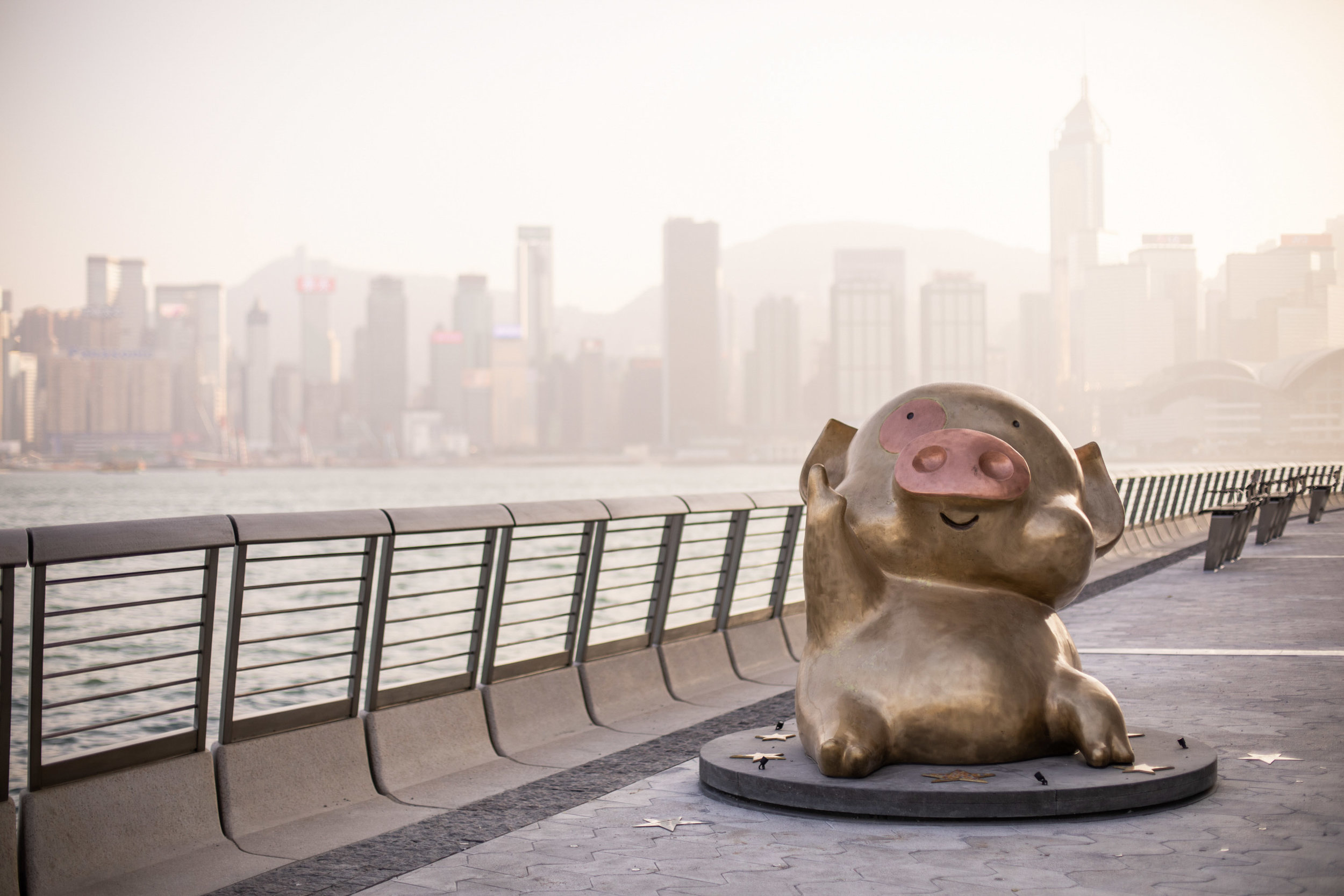JAPAN’S FIRST CONCEPT STORE IN HARAJUKU - TIFFANY @ CAT STREET
JAPAN’S FIRST CONCEPT STORE IN HARAJUKU, ―TIFFANY @ CAT STREET
Breakfast at Tiffany’s anyone…?
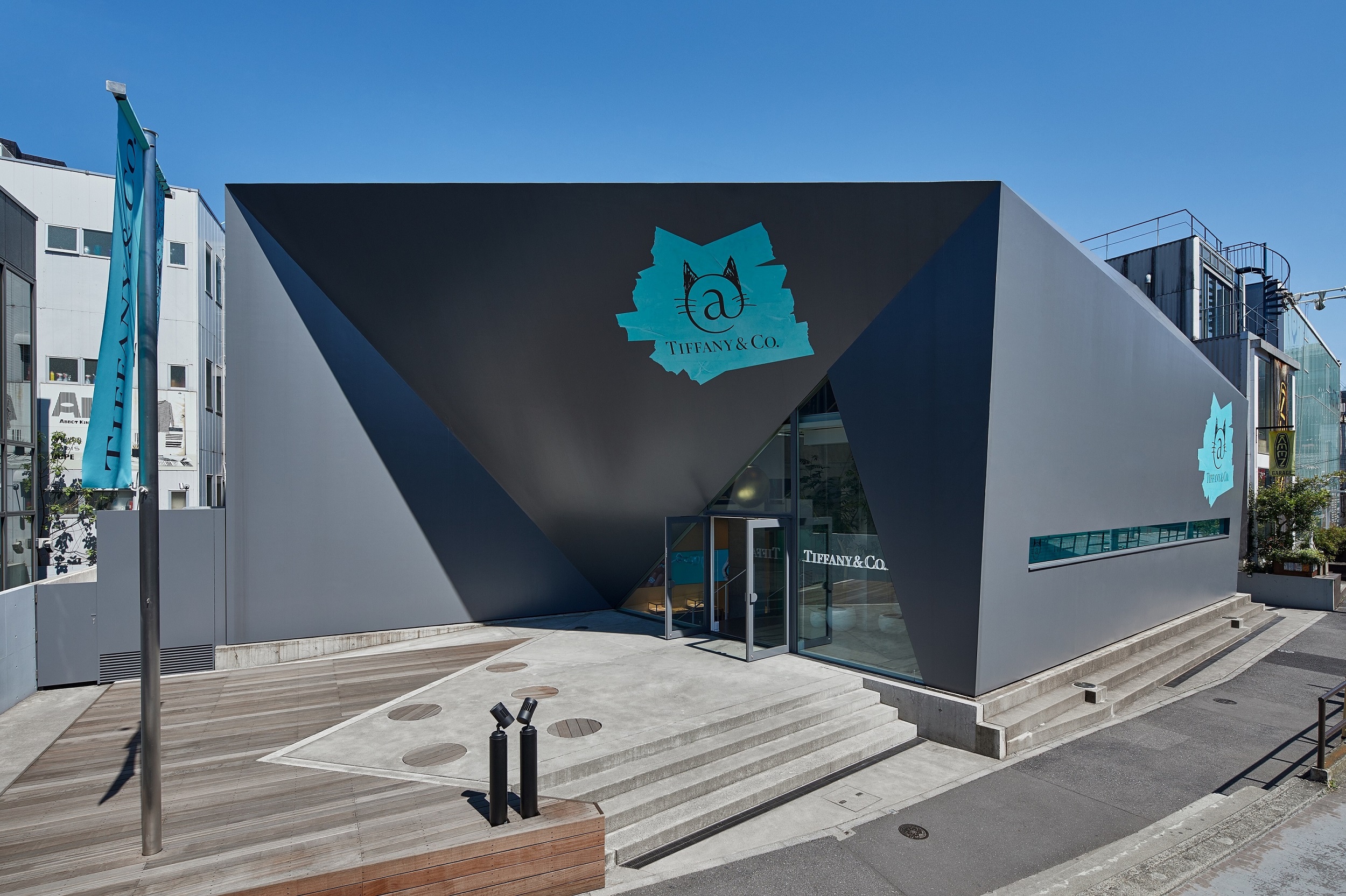
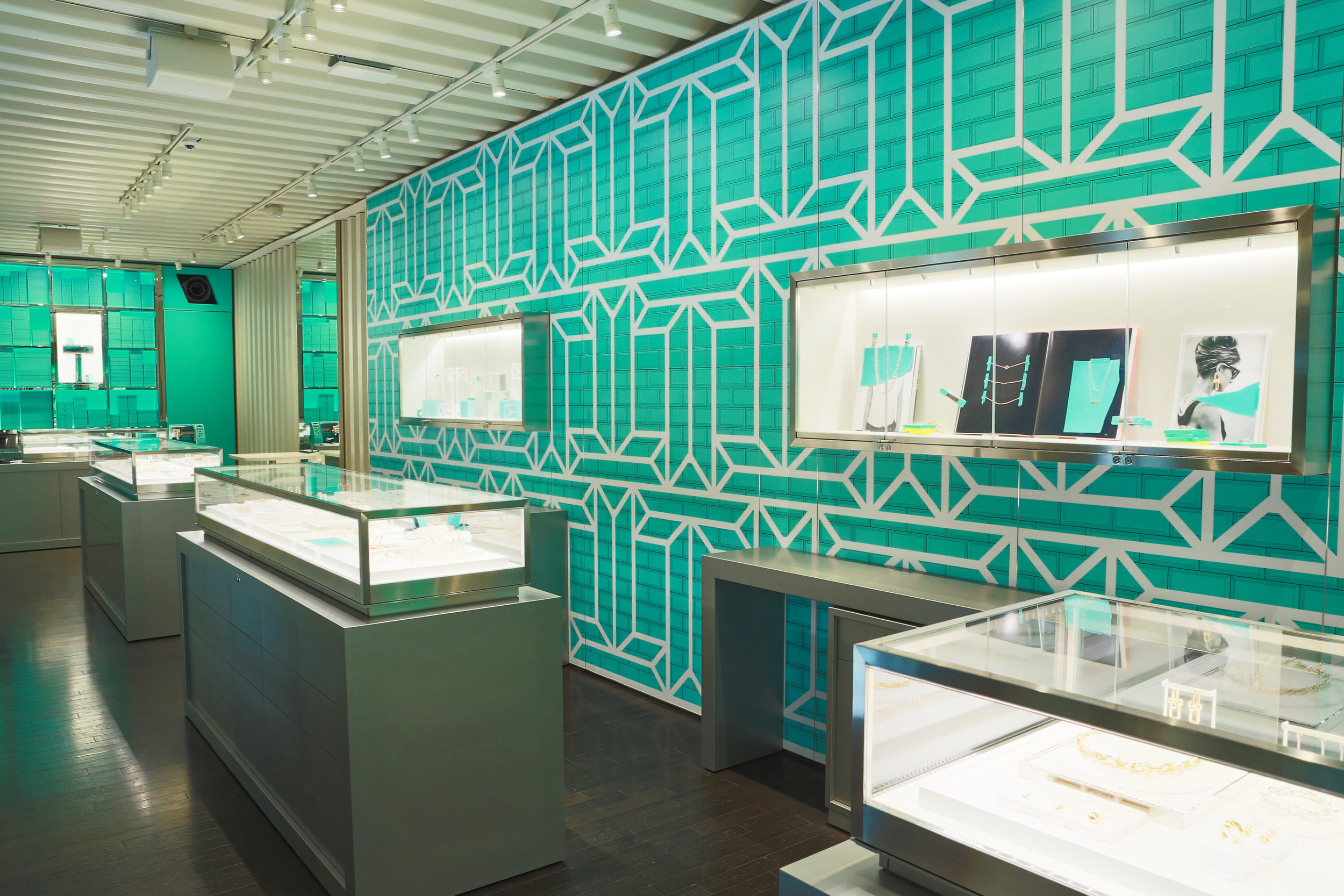
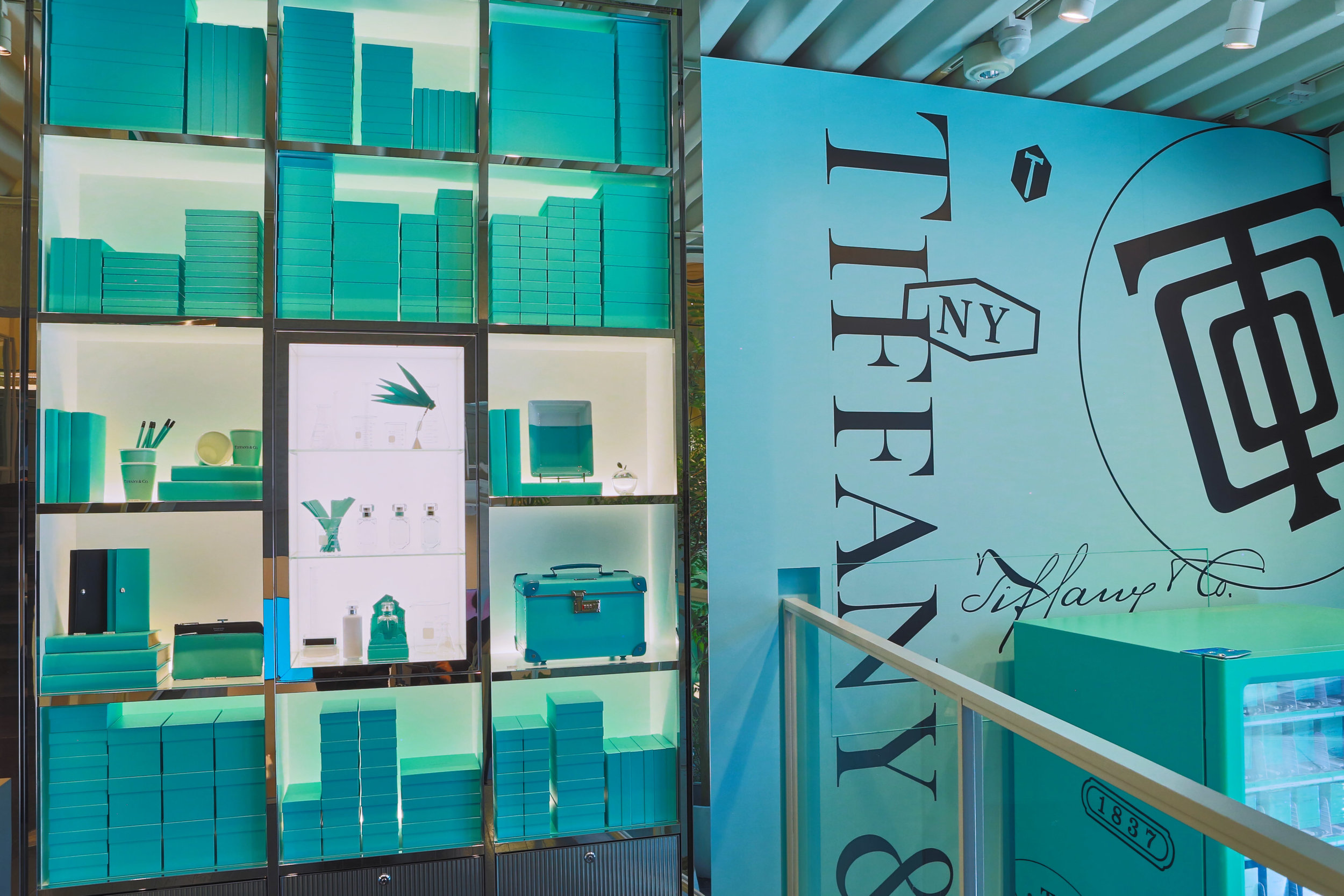
Tiffany & Co. opened its first concept store in Japan ― Tiffany @ Cat Street – in Harajuku on Friday, April 19. More so than any of the existing Tiffany & Co. stores in Japan, the experiential design for Tiffany @ Cat Street showcases the wit, creativity and timelessness of the brand. From jewelry to Home & Accessories, the store offers a thematically curated selection and presentation of iconic designs.
Tiffany @ Cat Street will be a Tiffany & Co. experience unlike any other. Unique for its elevated informality and playfulness, this dynamic space reflects an unusual and exciting expression of our brand,” said Richard Moore, divisional vice president—Global Store Design & Creative Visual Merchandising, Tiffany & Co
The futuristic architecture of the building coupled with the Tiffany @ Cat Street logo on an iconic Tiffany Blue® background makes the store truly stand out. Each of the store’s six levels presents a different selection of items and services. The caselines are complemented by a wall inspired by the famous Tiffany Blue Box® with floor-to-ceiling shelves to display pieces from jewelry and Home & Accessories collections, creating a captivating atmosphere.
“By opening this new concept store in an area where creative people gather for fashion, art and culture, we will showcase the brand in an environment that encourages customers to discover and rediscover the magical world of Tiffany,”
said Daniel Perel, president of Tiffany & Co. Japan.

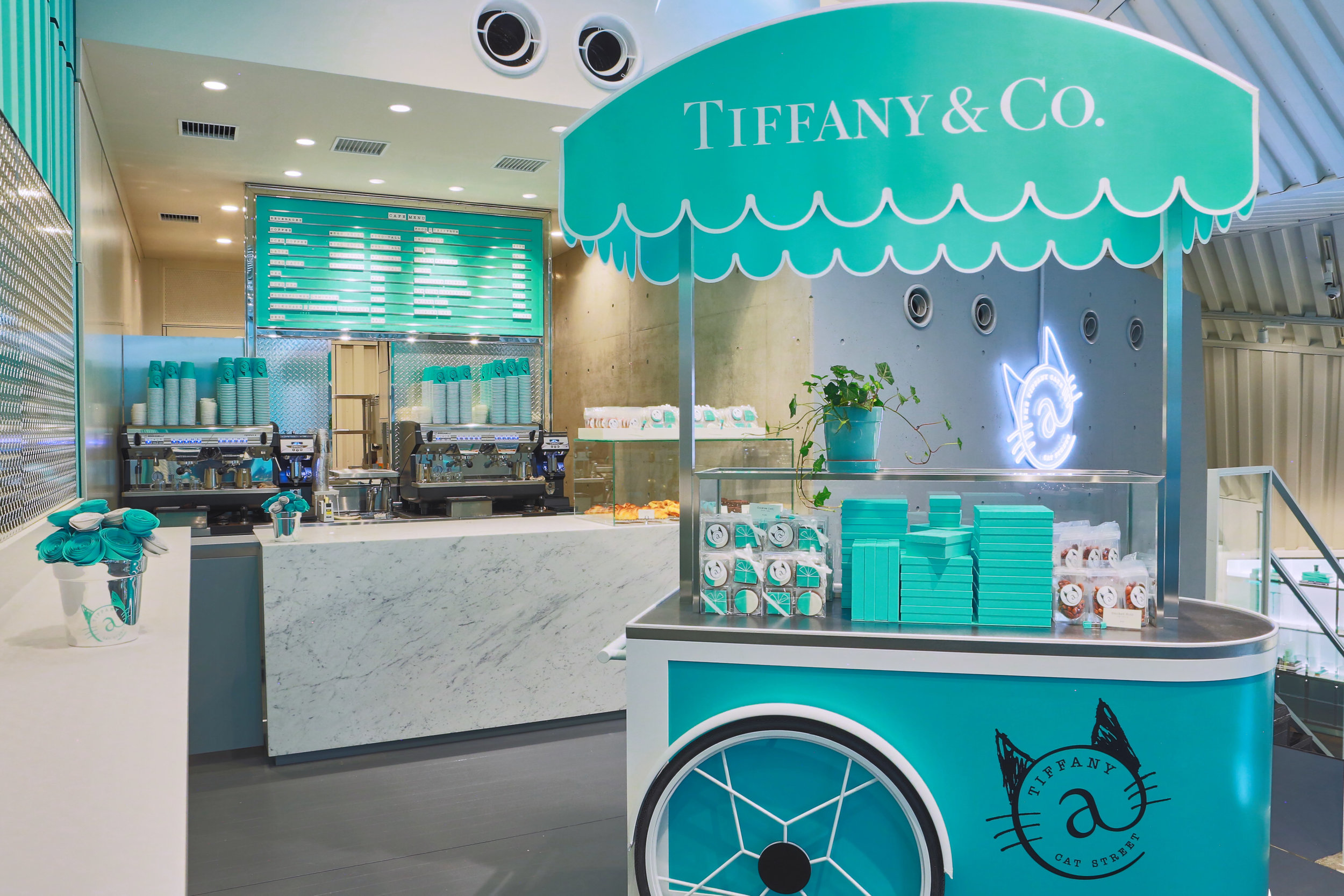

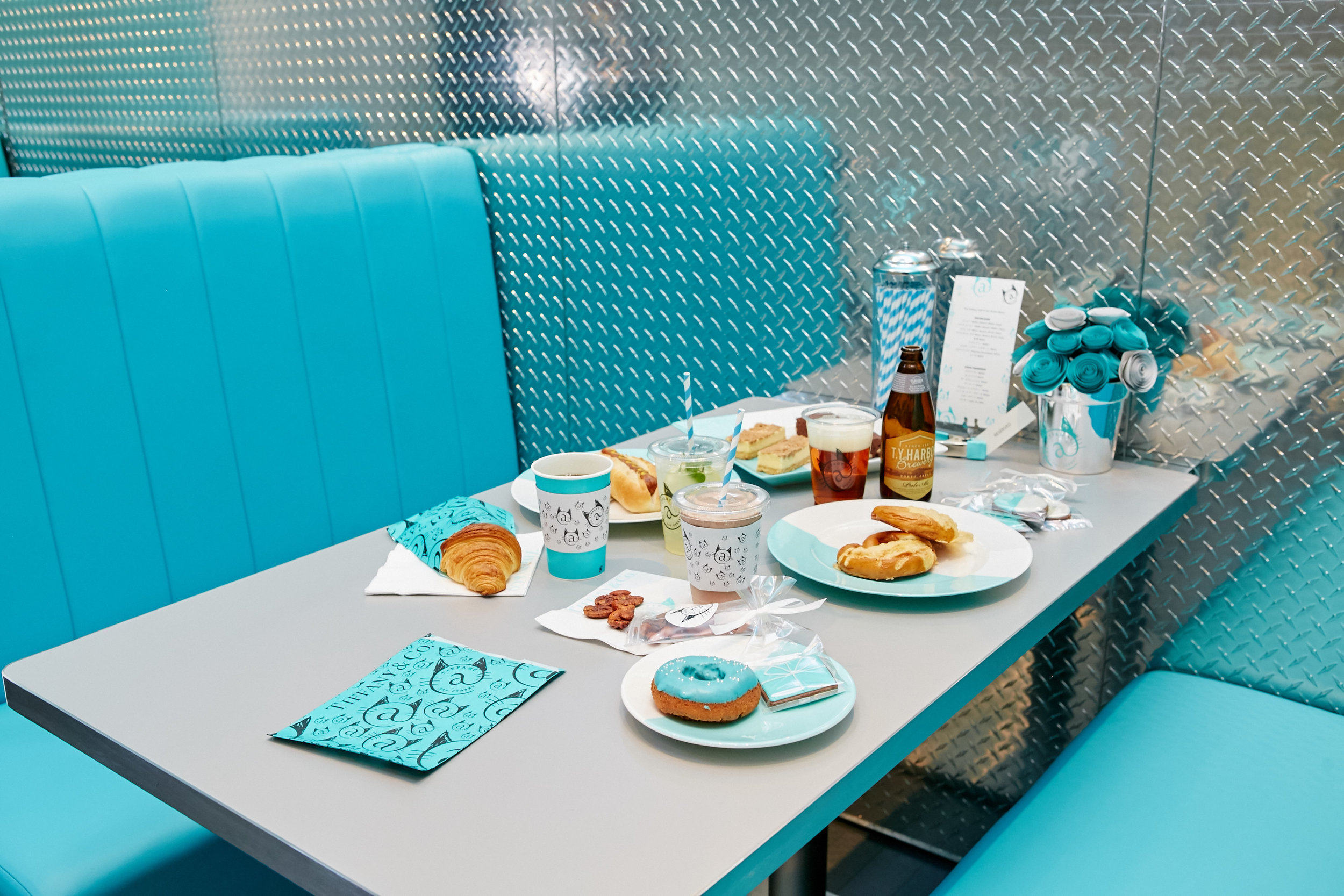
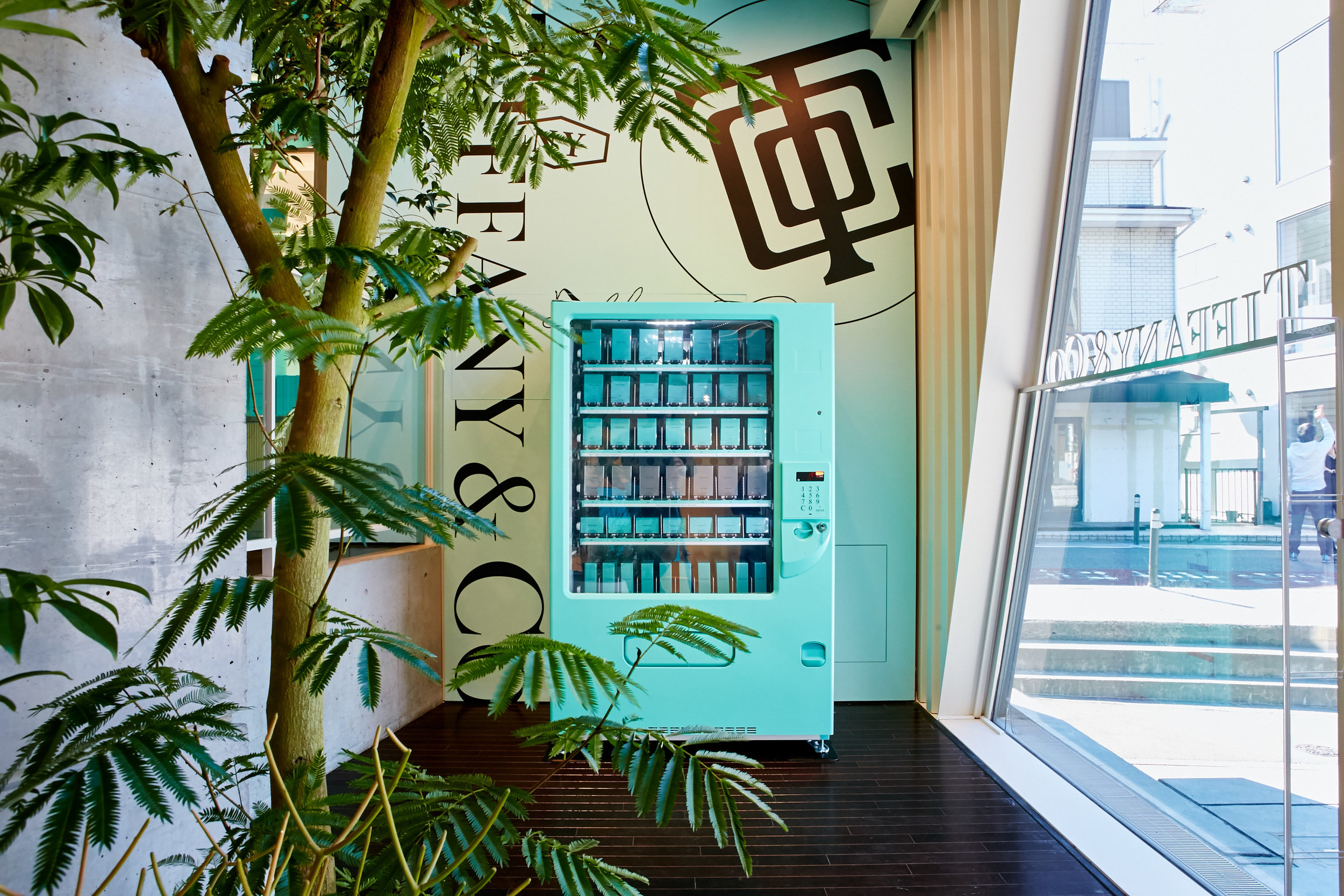
The top floor will host the first Tiffany cafe in Japan, aptly named ―The Tiffany Cafe @ Cat Street. The café serves a range of foods and drinks from croissants and coffee to other New York City temptations such as hot dogs and cheese pretzels, and sweet treats such as Tiffany @ Cat Street donuts and cookies.
The first highlighted collection for the opening will be Tiffany T, the latest icon of Tiffany that embodies the energy and creativity of New York City. Also featured will be a curated assortment of items displayed in a unique way, from other iconic collections such as Tiffany HardWear and Tiffany Paper Flowers™ to the brand new Tiffany T True pieces. In addition, to celebrate the opening, limited edition charms in sterling silver, as well as in 18K rose gold engraved with the Tiffany @ Cat Street store logo are offered exclusively, while new Tiffany T Smile mini color pendant and bracelet sets in pink sapphire, yellow sapphire, and blue topaz made its worldwide debut at this special location.
Tiffany @ Cat Street was opened on Friday, April 19, 2019. The store layout is intentionally flexible so that it can be adapted and changed throughout its lifespan, creating a blank canvas for a rotation of Tiffany collections.
For more information of Tiffany @ Cat Street:
Tiffany @ Cat Street
Address: 6-14-5 Jingumae, Shibuya-ku, Tokyo
Floor area: 469.77 m2
URL: https://www.tiffany.com/jewelry-stores/cat-street
Tel: 0120-488-712
Opening hours: 11:00-19:00 (Cafe: 11:30-18:30 Last Order 18:00)
An Interview with the Architectural photographer Tae-ho Jeong
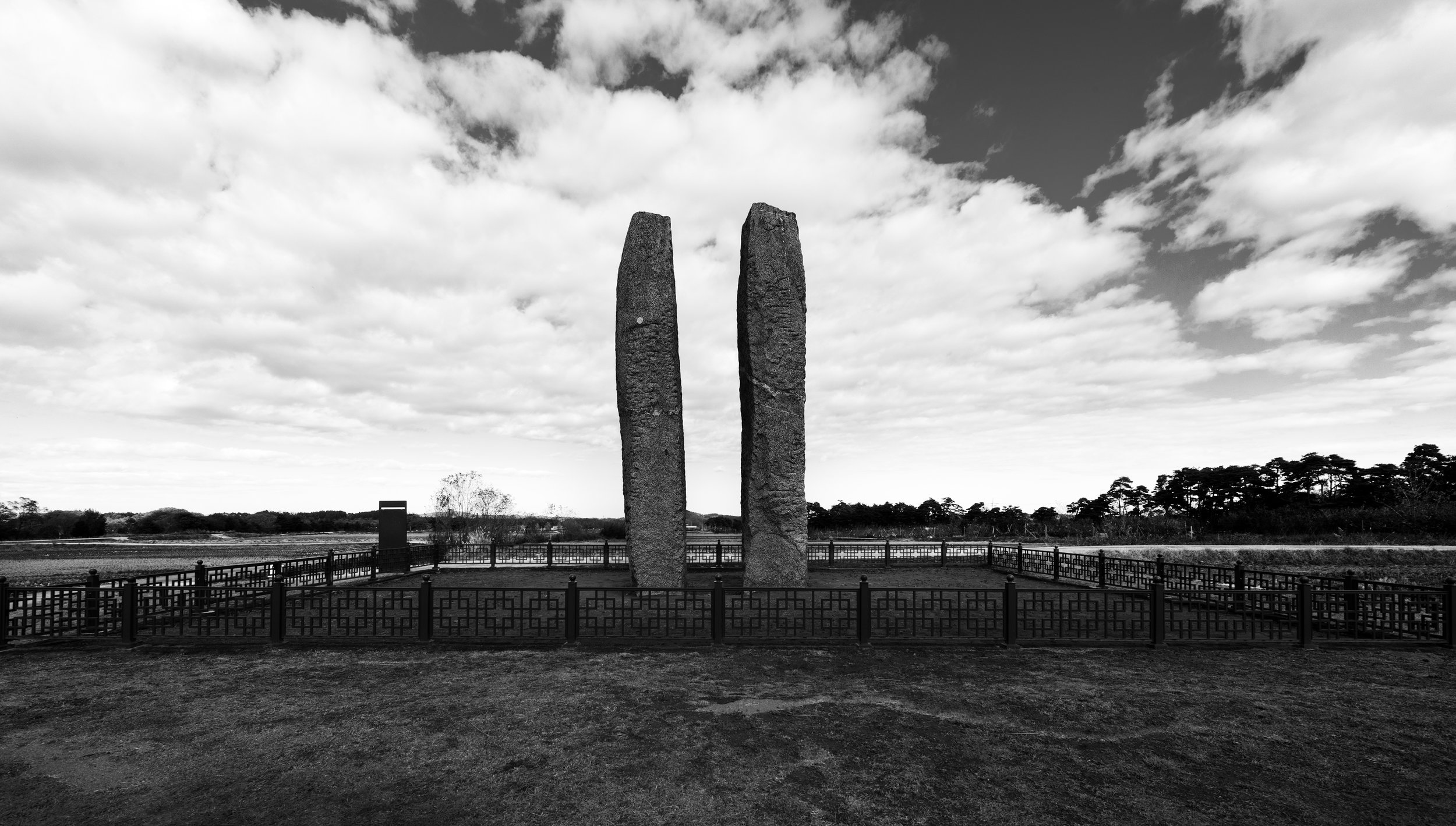
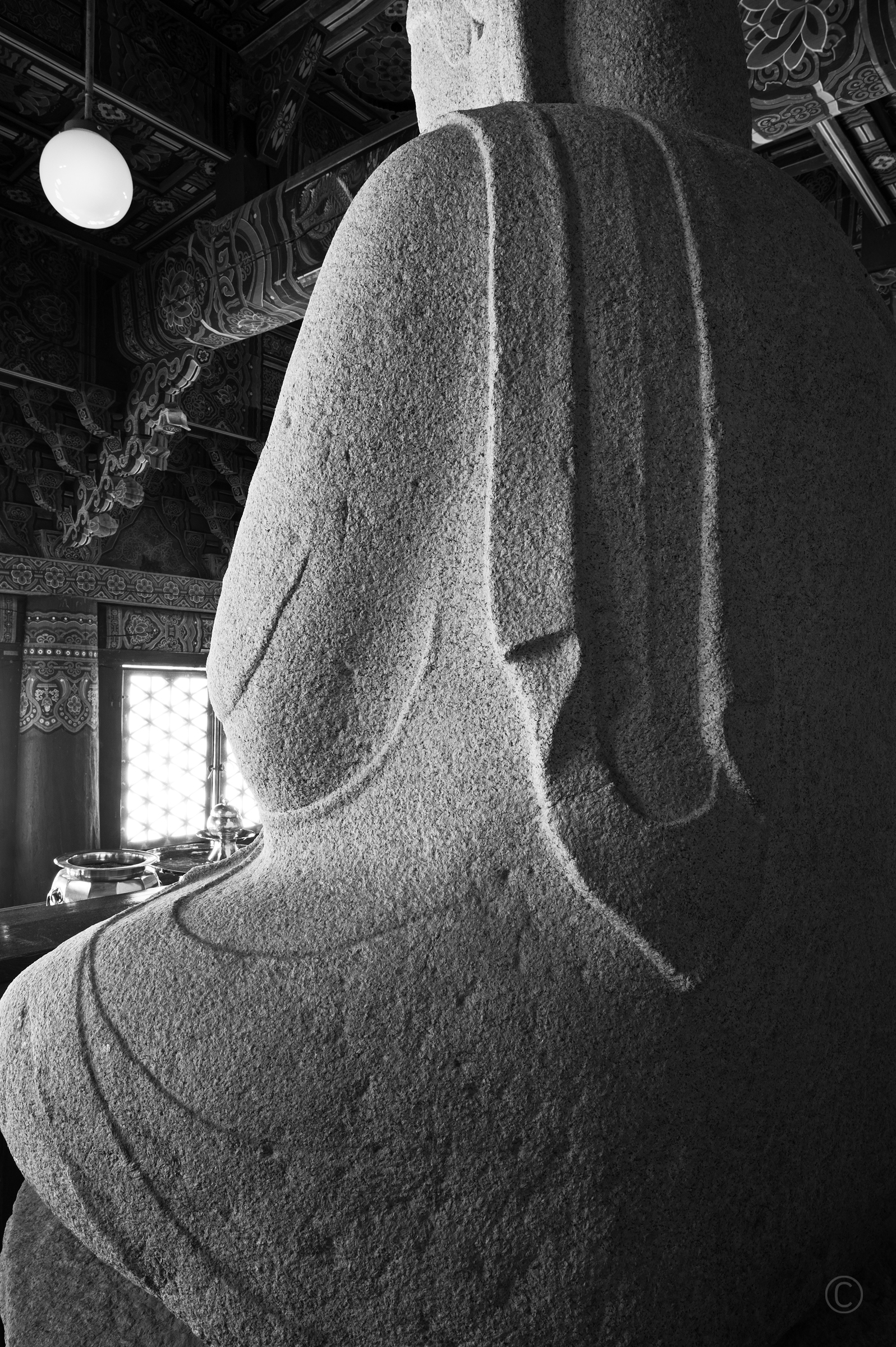
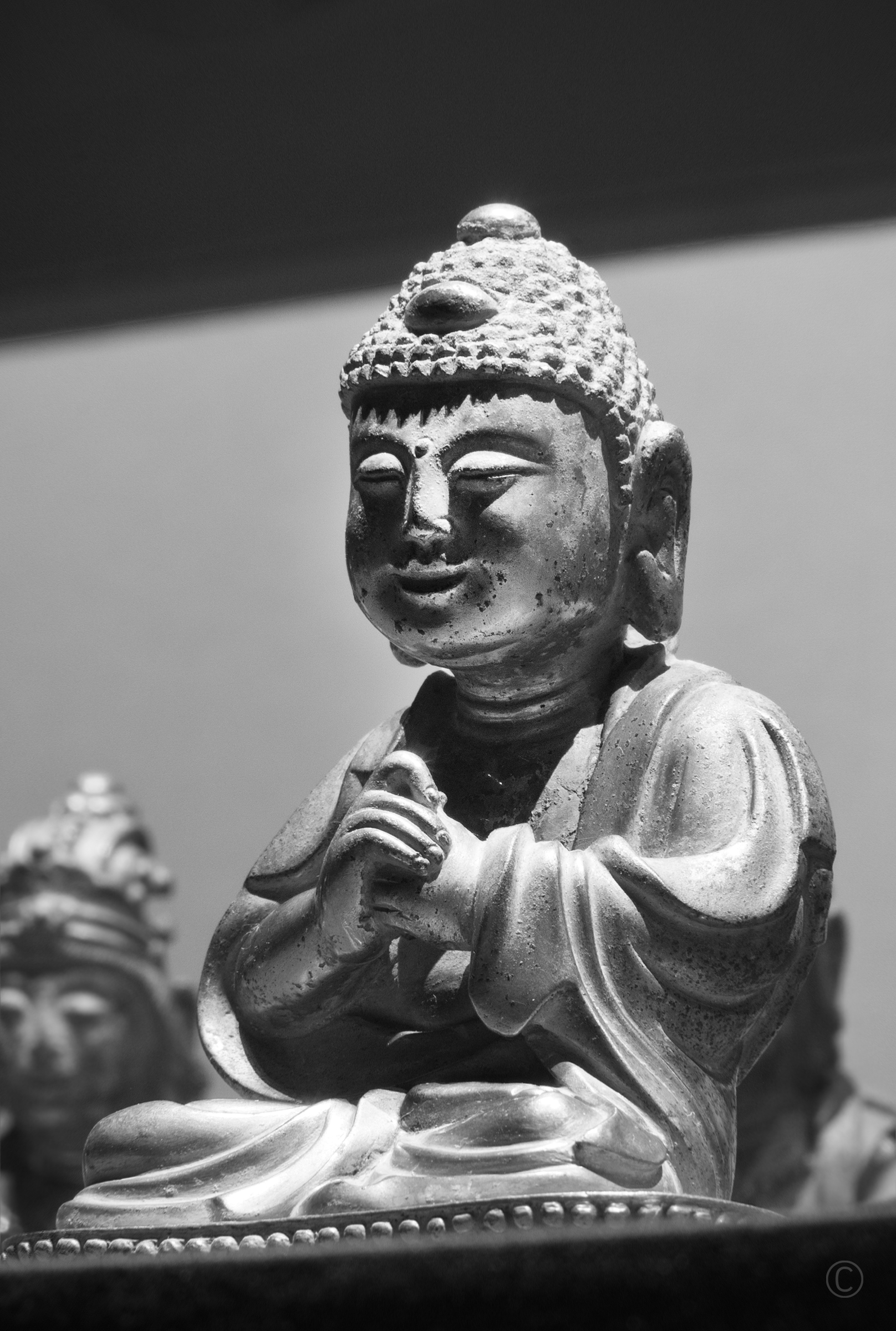
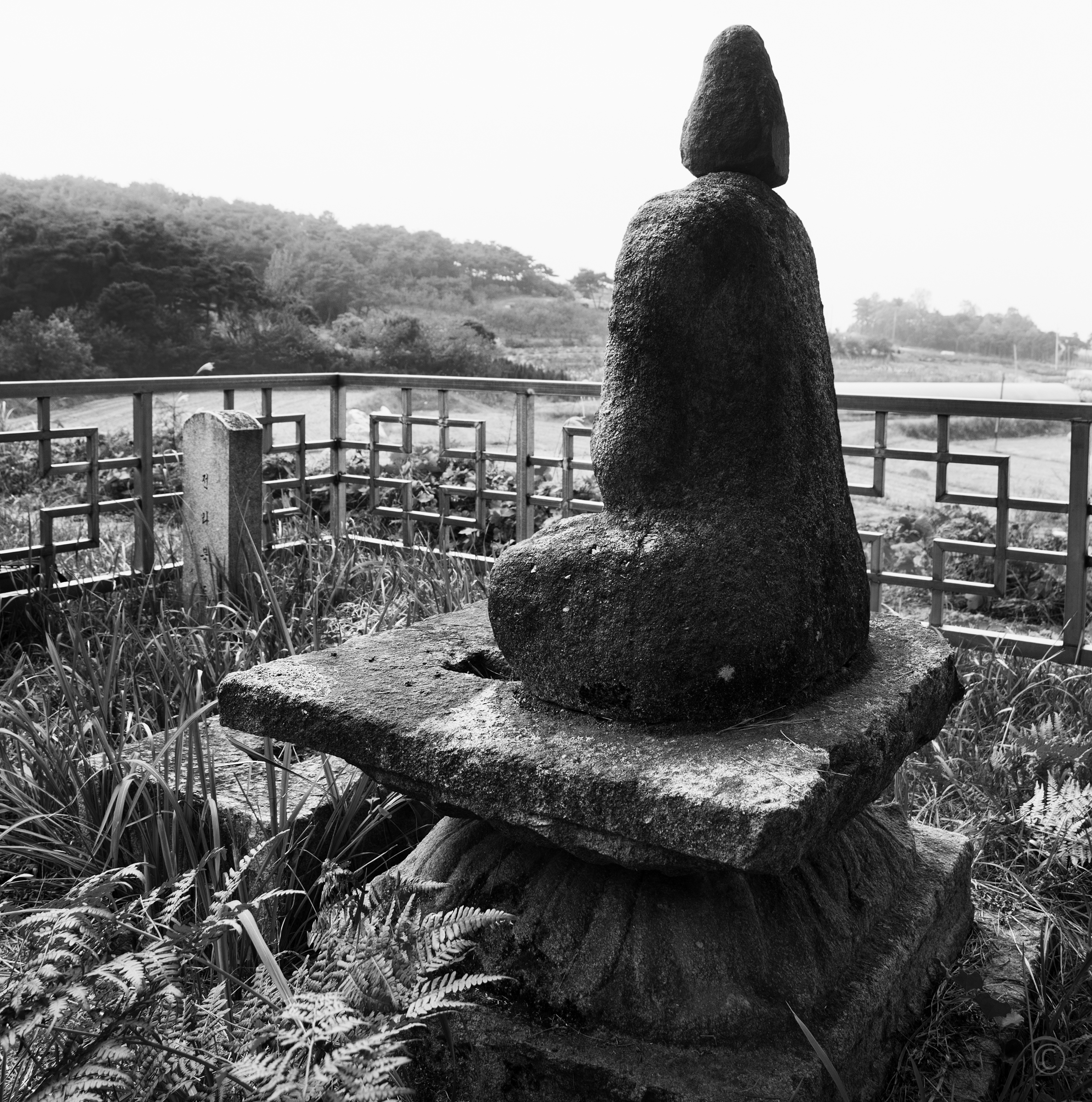
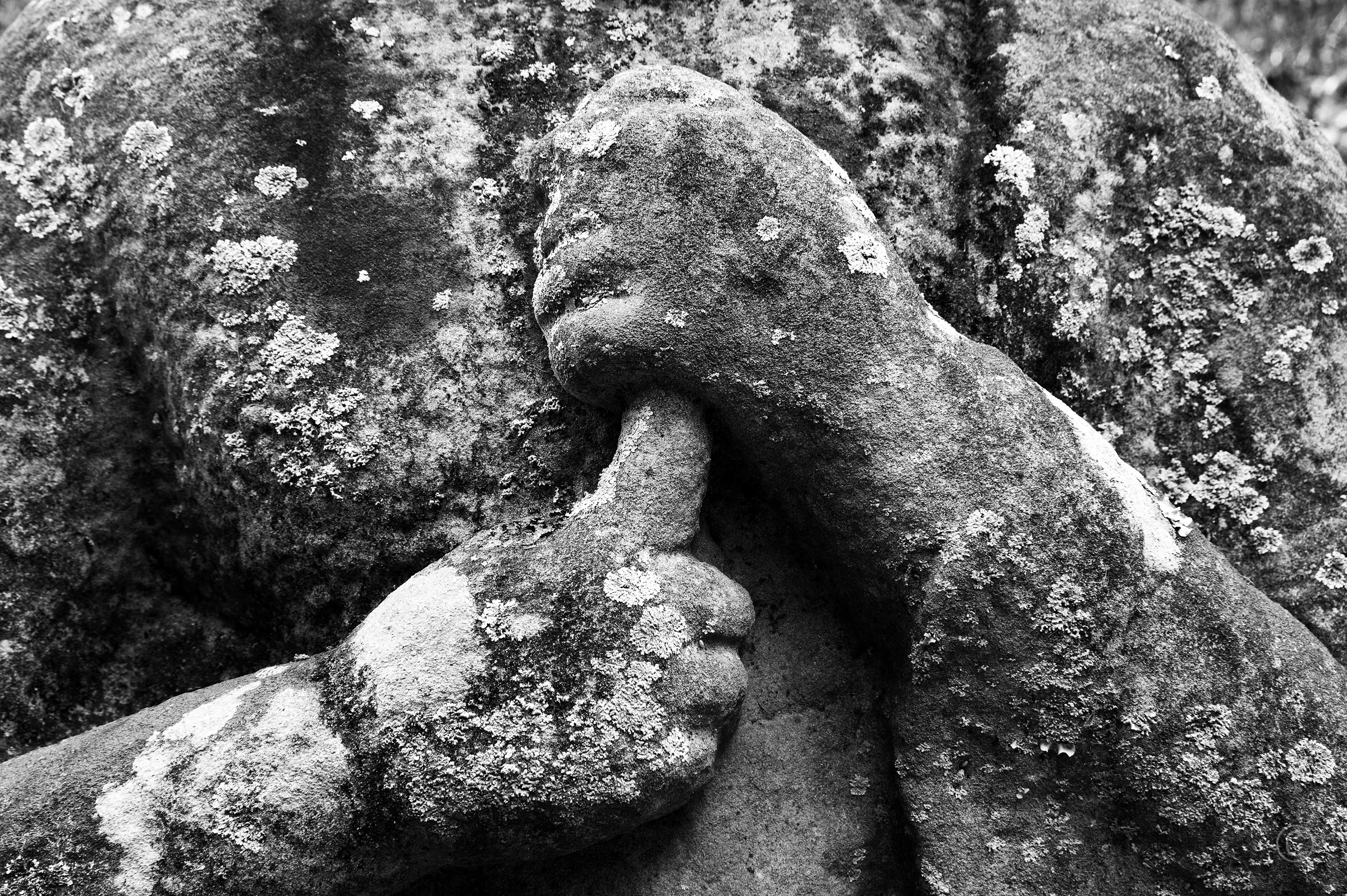
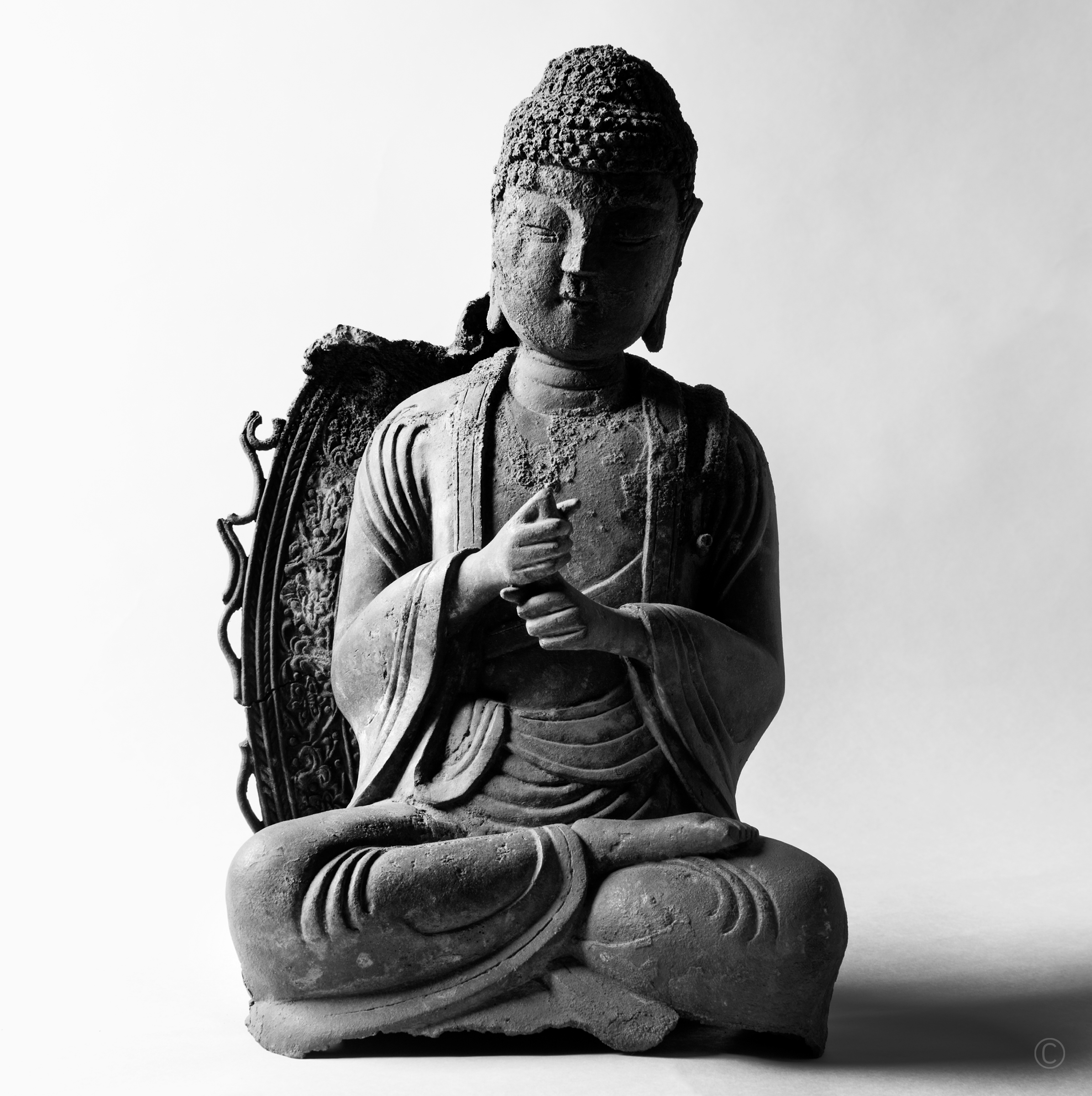
Architectural photographer Tae-ho Jeong graduated from Seoul Art College (Department of Photography) is acting as an expert photographer in the field of architecture and interior design. He represents Space Studio, is a regular member of KAPA (Korea Advertising Photographer Association), and works as the head of the photography department at the Interior Design Monthly. He held private exhibitions including Black and White Exhibition hosted by Yeon Art Gallery and Photo exhibition of Korea Interior Design hosted by Gwanhwoon Art Museum. He hosted a book publication ceremony <Light of Enlightenment - Vairocanna Buddha> and photo exhibition at Gallery LaMer, and held a private exhibition through the invite from Gyeongju World Culture Expo. As an active member of a diverse number of group exhibitions including the KAPA member exhibition and International Advertising Photo Exchange, he is remaining active in his work in related fields.
An Interview with Tae-ho Jeong
What are the major impressions you have in terms of differences in architectural photography and taking Buddha images?
I was committed in interior and architectural photography for the last 30 years in Korea. Then in recent 10 years, I devoted myself to showing Buddha images “as they are” with untainted documentary photography rather than through the approach of an architectural photographer. Architectural photography strongly involves capturing the beauty of artificial design and natural aspects together. Also, it is related to finding harmony between space and time.
In the contrary, reinterpreting the figures of delicately carved Buddha into conventional photographs, was challenging. In the beginning of my work, I spent several months to visit the same sites, consistently looking for the most perfect lighting from different times of the day. I eased myself as a photographer and tried to confront and reflect the nature itself as they are without artificial lighting and techniques. I made my best effort to “show them as they are” in purely documentary style photos.
What is your inspiration on showing Buddha images, and what is the message you’d like to convey?
Over 30 years of my career in architectural photography, I realized there is beauty of lines in oriental architecture, which led me to comprehend aesthetic matters from the figures of Buddhas. I personally believe Buddha himself has the most beautiful and generous smile of lines, embracing great depth of mercy. Furthermore, these thoughts guided me into a 10-year long master project.
I am a believer of Buddhism myself before I start my career as an architectural photographer and the teachings of Buddhism have encouraged my career with favorable result as a photographer. Not only just as a believer, but also as an architectural photographer, I think compiling and publishing all the images of the Buddhas scattered around Korea is one of the ways to contribute my skills to Buddhism in a meaningful way.
Over the 10 years of my project, I am strongly aware that numerous Buddhas were damaged from poor maintenance. I hope we all develop awareness of our vulnerable history. From a cultural perspective, the first Buddhist cultural book named <Light of Enlightenment - Vairocana Buddha> was published with a collection of 1,700 images of Buddhas, from the Unified Silla Period to the Chosun dynasty.
Also, I would like emphasis on the back of the Buddha statues to the world. Not a lot of people have the chance to see it and it has been misunderstood as solemn and obscure. Nonetheless, I can feel the monks have contributed significantly even on the rear part of the Buddha statues. I perceive that lines in the back of Buddha statues convey to the world great sense of energy and strength.
By taking this opportunity, I want to share the beauty of the lines of Vairocana Buddha. I hope this collection can bring more interests in Korean culture and Buddhism to everyone.
LIGHT BUILT ON A GREAT ROCK
When an event is held at a Buddhist temple, a flag called the ‘Tang’ is installed at the entrance of the temple. The pole where the flag is hung is called the ‘Tanggan’, and the two stone pillars on either side of the Tanggan’s to support the Tanggan is called the ‘Tanggan Jiju’. The Tanggan Jiju is set-up in front of the temple and is used to mark the sacred area. The biggest Tanggan Jiju in South Korea, At Gulsansa Temple, was built using one giant stone, and showcases the simple yet breathtaking beauty of sculptures. Built during the Unified Silla period, the 5.4 meter granite pillars vibrate with the power and wisdom of the Silla people. The sky was clearing after the evening rain.
A SMILE FROM THE HEAVEN
I cannot forget the moment I first saw the statue. The second it revealed itself from the dark museum storage (after requesting a viewing with much difficulty), I saw a treasured heavenly face, shining an endless smile upon me. I was lost for words for its dignified form did not succumb to flames hot enough to burn the body. The slightly imbalanced face allows mankind to realize ‘something’ deep inside their heart.
THE HEAVEN’S AND EARTH ARE ONE
The ‘Ji-kwon-in’ is a handshape which implies ‘reason and wisdom, all creatures and Buddha, and delusions and enlightenment are one by origin’. Thus, posing the Ji-kwon-in means ‘sound wisdom and rapid enlightenment can be attained through a devout disposition’. The basic form of the Ji-kwon-in holds the two hands in front of one’s chest, holds the left-hand’s forefinger up, and wraps it with the right-hand so the tip of the left-hand forefinger and bottom of the right-hand thumb touches each other. Granite may be well-known for its hardness but seems like it also cannot withstand the weight of time. This photo reflects my intention to focus on becoming one with Buddha and gaining inner peace and rest through the help of the flower blossoms on Buddha’s body.
“It was a big challenge and pleasure to seek out an untaken track. It is my honor to hold an exhibition before the important people who foretold me about the values of the challenge. It was a great pity that there was no guidebook on Buddhist images on the level of the whole country despite the fact that Buddhism had left numerous cultural heritages for us for 1700 years since the religion was introduced to this land.
But at last, it has materialized. I devoted myself to showing Buddha images “as they are” with untainted documentary photography rather than through the approach of an architectural photographer. Lastly, I would like to give big meaning to the fact that the photos collected in the book were surveyed and taken by myself without external assistance.
I would like to invite you to the photography exhibition at the Hong Kong Art Fair. It would be a great pleasure to see you at the event.
Thank you
Photographer Tae-Ho Jeong”
For more detail information, please visit: www.spacephotostudio.com or visit https://www.asiacontemporaryart.com
The Spring edition of the Asia Contemporary Art Show is held on the 40th to 43rd floors of the 5-star Conrad Hong Kong in Pacific Place.
DATES: March 29th - April 1st, 2019
UNIONPAY PRIVATE VIEW (by Invitation only)
Friday, March 29th - 3pm to 5pm
UNIONPAY VIP COLLECTORS PREVIEW (by Invitation only)
Friday, March 29th - 5pm to 9pm
GENERAL ADMISSION
Saturday, March 30th - 1pm to 8pm
Sunday, March 31st - 1 pm to 8pm
Monday, April 1st - 11am to 6pm
PARKING, MTR, TAXIS
The 5-star hotel is conveniently served by the MTR station in the basement of Pacific Place and has abundant car parking and taxi ranks outside the hotel or at Pacific Place 1 and 2.
VENUE ADDRESS
Conrad Hong Kong — Pacific Place, 88 Queensway, Hong Kong
An interview with Yoichiro Nishimura
Flowers of the Shadow

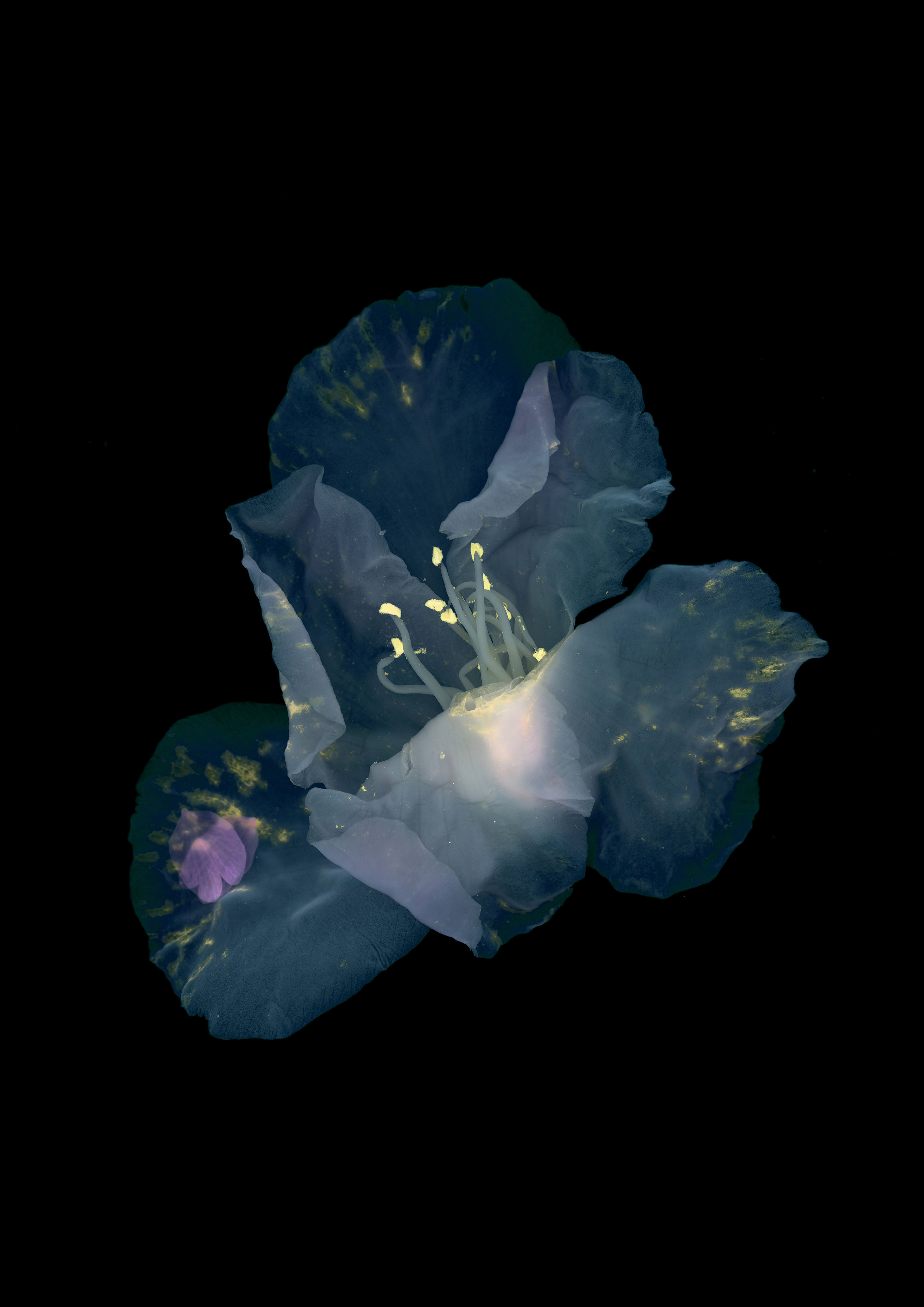
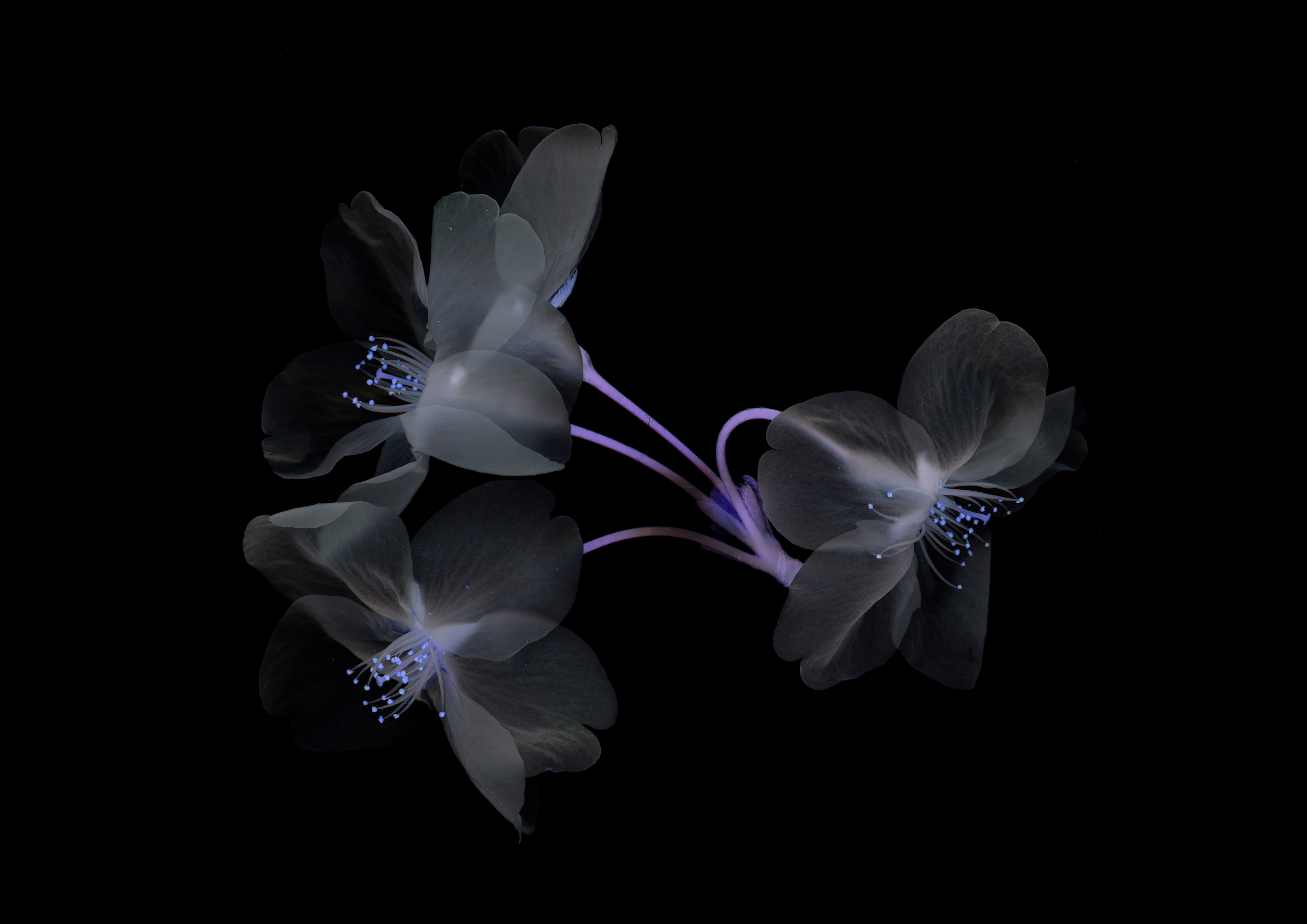
Photogram is one of the oldest techniques in the area of photography. In fact, this could be said to have existed before the invention of photography; there are historical records, predating the creation of photography, which describes the process of capturing a photographic image, by placing the object on top of a paper coated with silver chloride and silver nitrate, and exposing it to light.
Being fascinated by the medium of photogram, Yoichiro Nishimura has continued to apply this technique into many of his artworks over the past years. His practice is not about mere representation of a conscious revival of traditional techniques, nor a return to the source. For Nishimura, photogram is rather a promising ground that allows him to explore and expand his new creative expressions; furthermore, the medium could indicate the possibility of new photographic expressions, still yet to come.
Nishimura has undertaken a new and original photographic technique, which he calls scangram. Scangram (Scanography) can be described as a digital version of photogram. It is a technique to create a negative digital image of an object, such as owers and leaves, by placing them on top of a scanner. Thee biggest feature is in how the color is reversed from the original color into the complimentary color, as much as how the form and outline of an object is captured; thus a red Hibiscus or Azalea would result in a blue-ish outcome. The visual is extraordinary; the owers exude a mystic atmosphere, as if they were bathed in moonlight. rough transforming themselves from the world of the positive to the negative, “owers of the shadow” come to light. When looking back in the history of photography as media expressions, we come across practitioners - similar to magicians or alchemists - who indulged their passions in creating mystical images, rather than representing or documenting the reality as it is. For them, photogram remained an important tool for their creative expressions. Man Ray, known as “alchemist of images” , is one of the many practitioners of photogram representing the 20th century; and clearly, Yoichiro Nishimura is a photographer following the same artistic lineage.
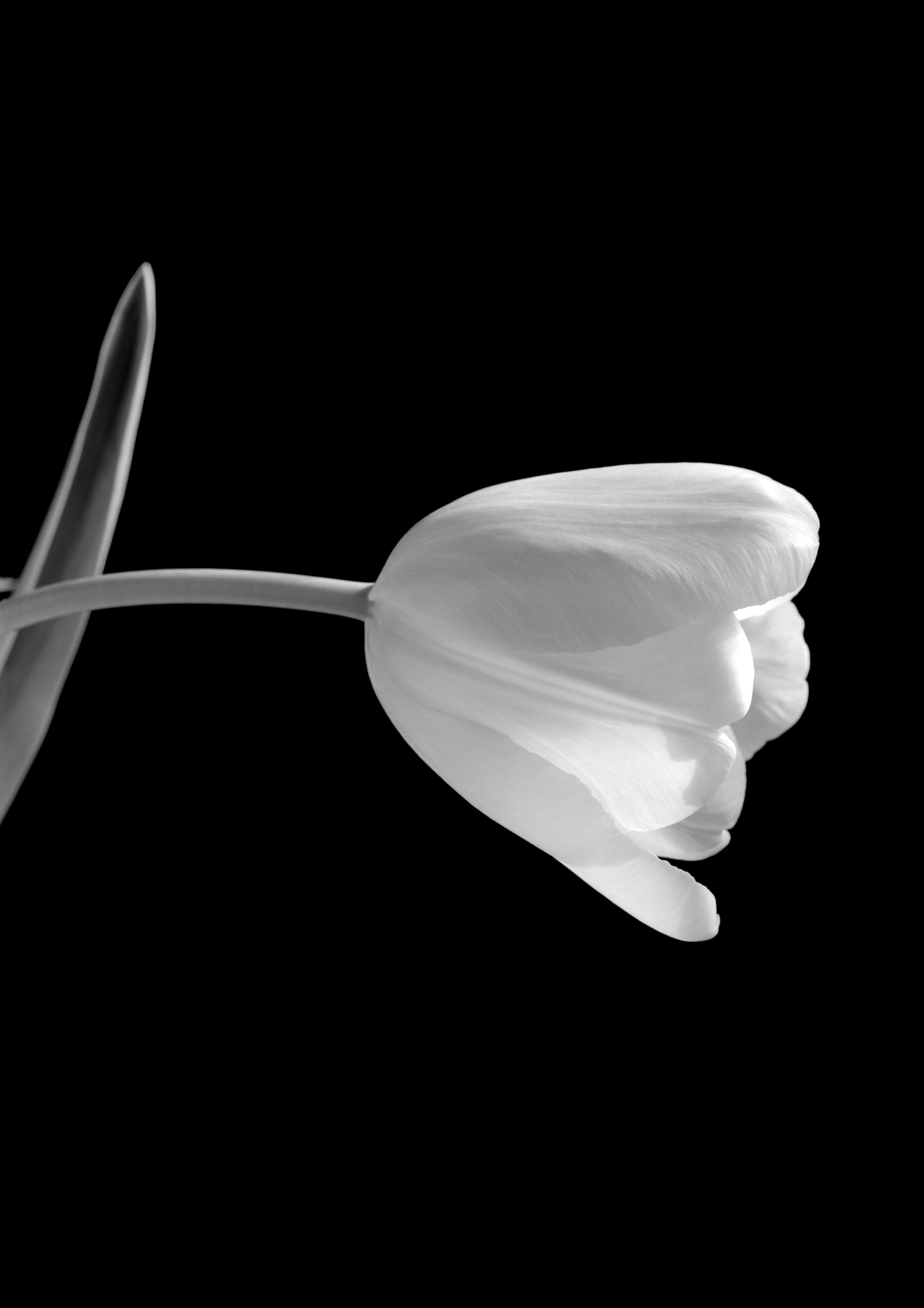
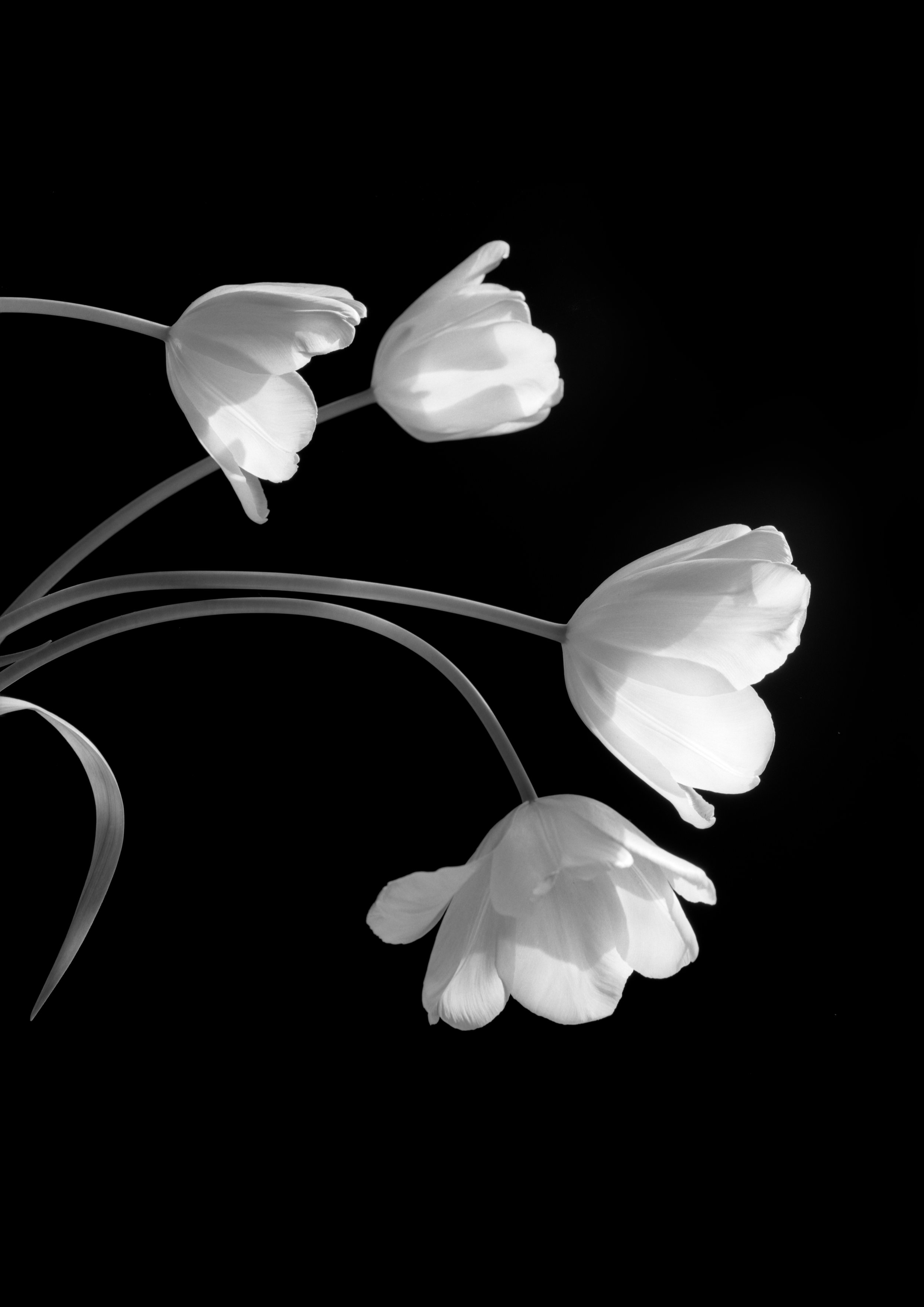
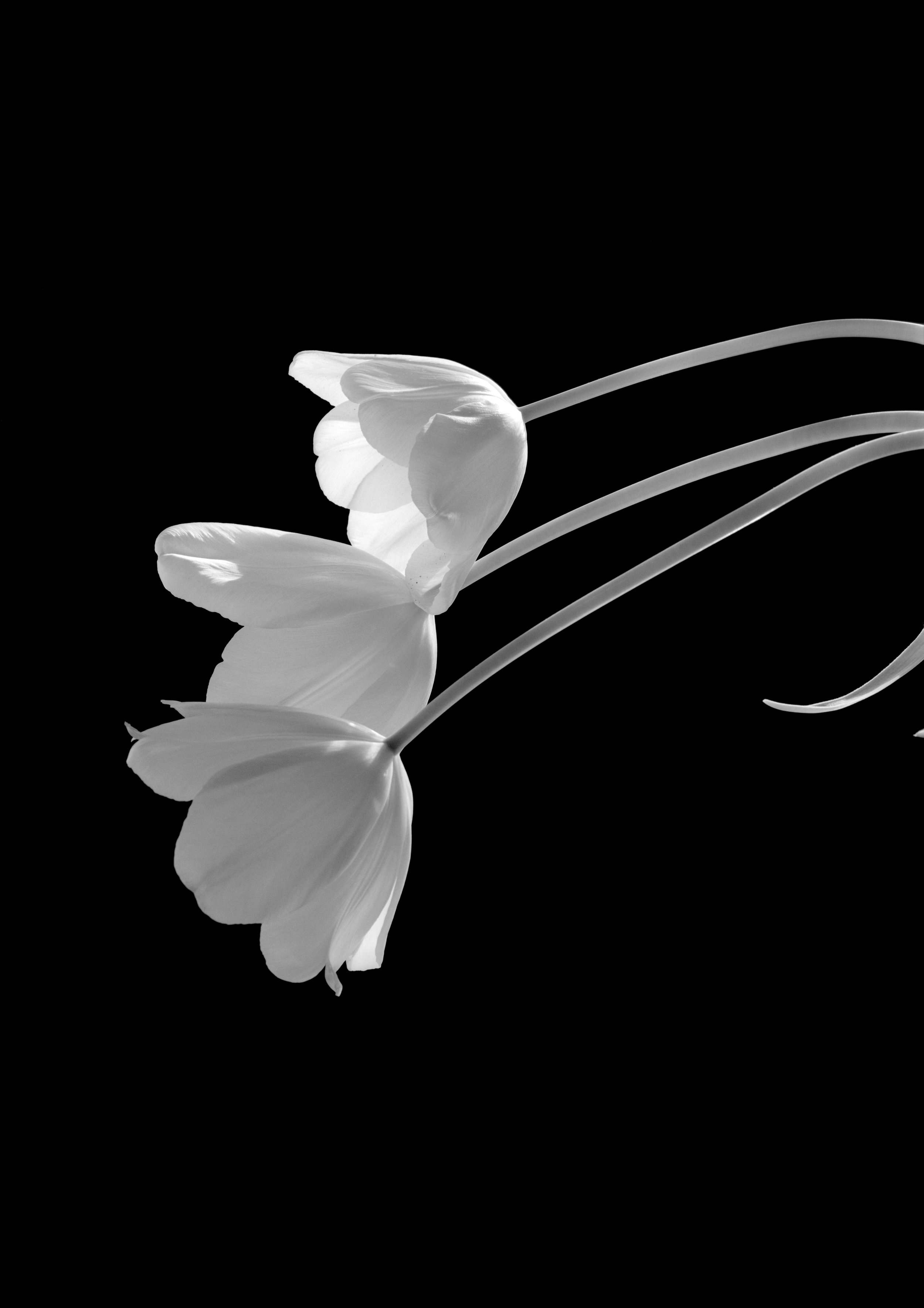
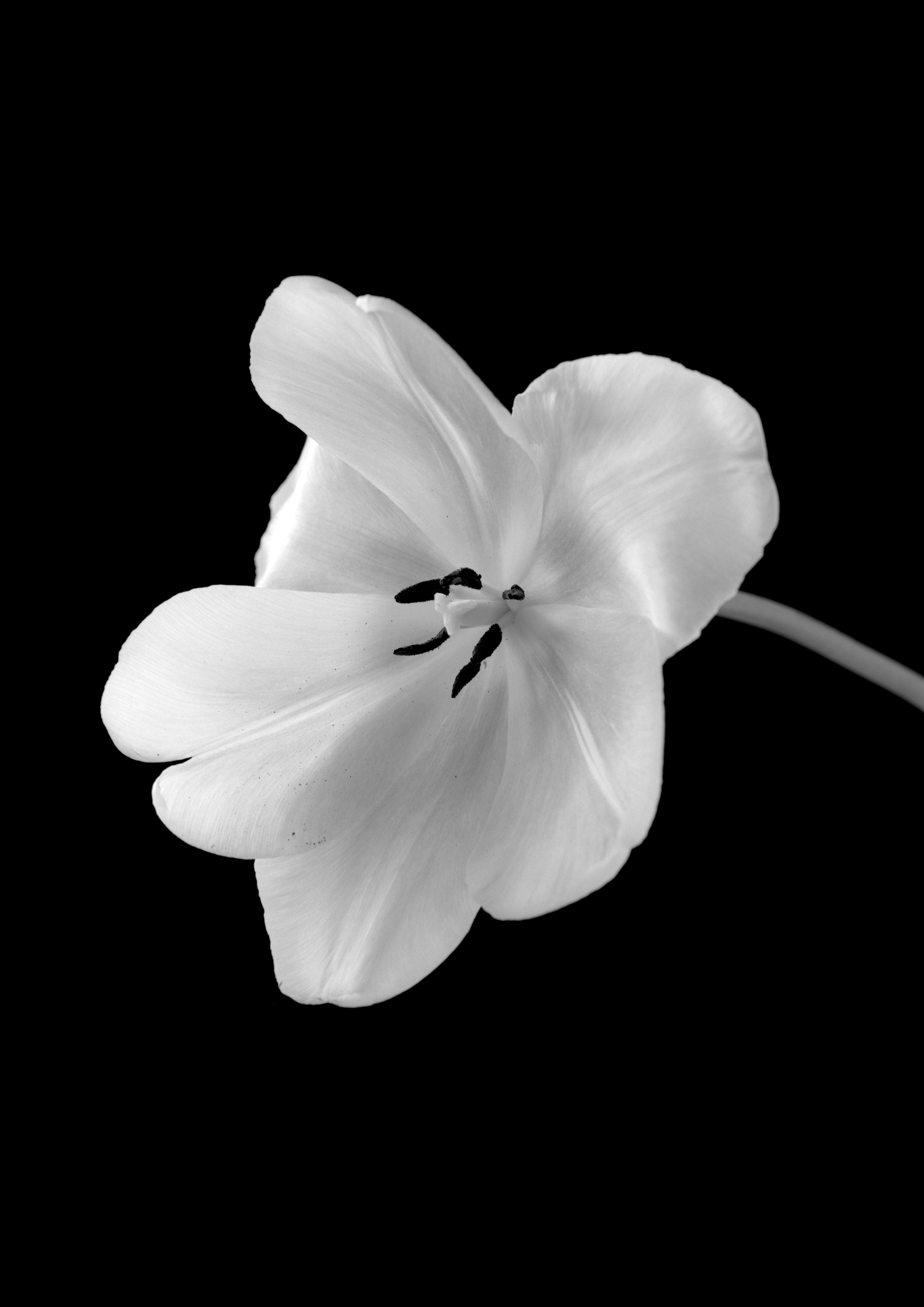
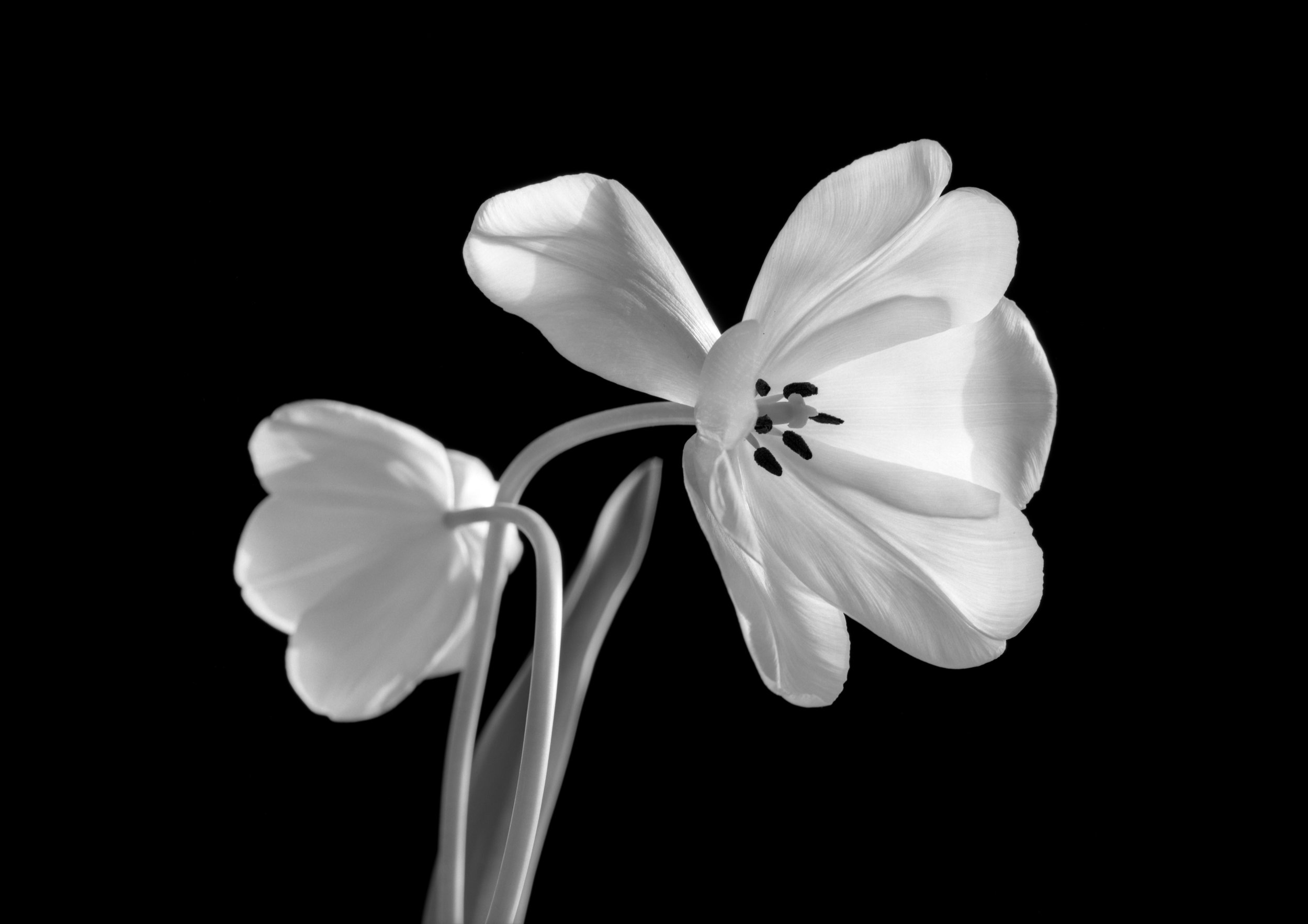
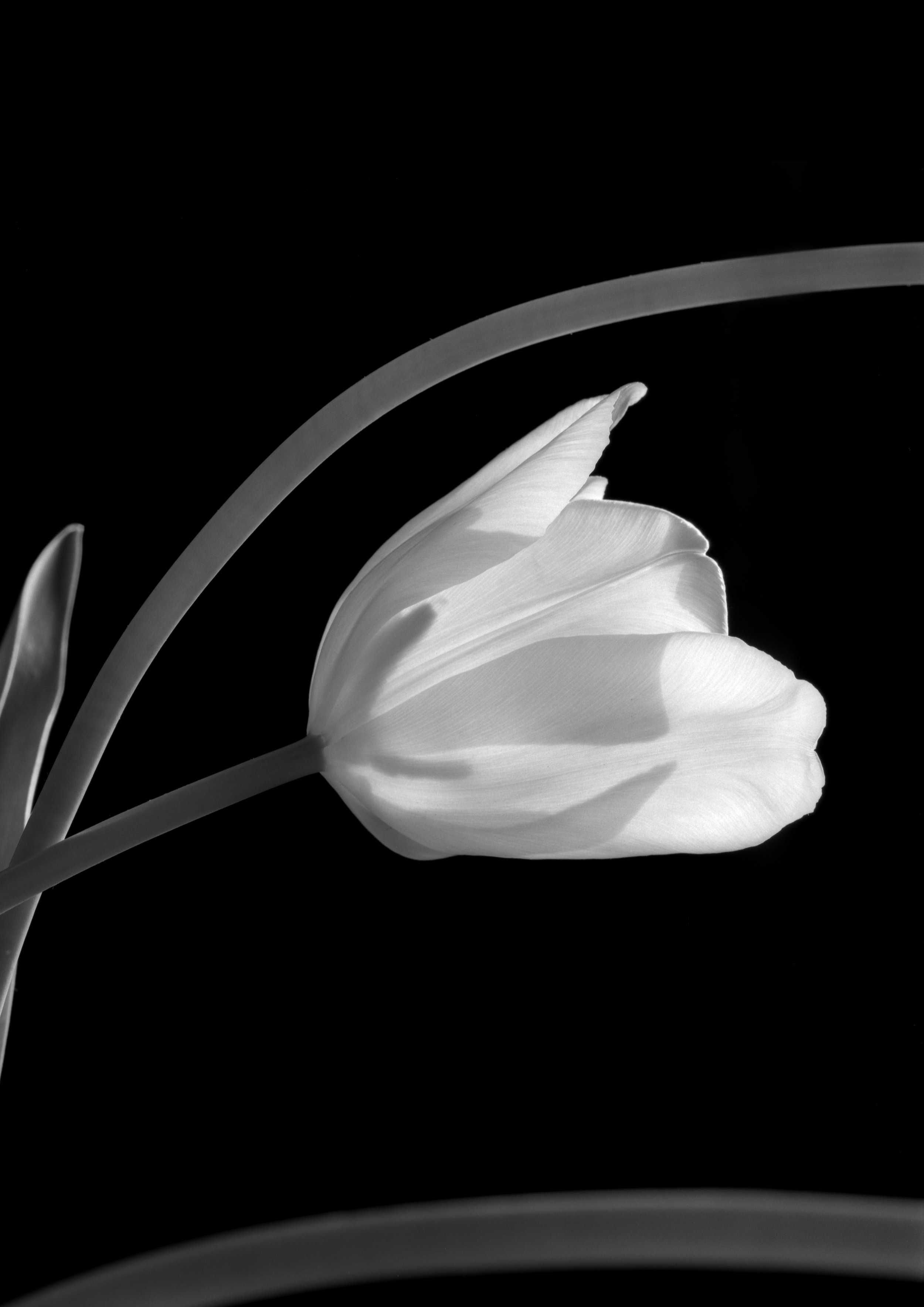
His exploration of photogram will show no end. In the case of scangram, I see no reason why the motif should be limited to plants; potentially, the range of subject matter could be expanded to various objects and living things – including human. Having said that, I feel it was genuinely positive that he started the series with botanical motifs; as the “owers of the shadow” , emanating subtly in the darkness, illuminate the artist himself - reticent, yet remarkably passionate deep inside.
Merci’s Editor-in-chief have an interview with Mr. Nishimura:
Why did you choose to be a photographer?
At a young age, I bought a camera and started to use it as a tool to understand my surroundings, and it gave me an instance of appreciation towards photography and art. I guess it’s not a matter of choice of what you will become, I can be an engineer or an astronomer if I have favored any of that path, but I realized being an artist and a photographer, it’s a selfless consideration. Nowadays, photography is a tool to socialize and engage us virtually; for me, it is a way to express my daily encounters and dialogues between me and with my family, friends, and surroundings. The first significant work I have published is called ‘Life,’ it’s a collection of photographs of my own ‘Ikebana’ or the Japanese art for flower arranging. Daily, I would take shots of tulips and my gift to my first-born daughter. After this experience, my knowledge grows without realizing that I am an artist and a photographer.
What is the inspiration behind your series “Blue Flower” and “Life”?
The “Blue Flower” series is an eight-year abstract of my daily encounters. I was inspired by Man Ray’s photogram, an old and classic shooting technique in which the subject is placed on chemically treated paper and exposed to a light without using a camera resulting to a monochrome image, my version of photogram which I called Scangram is another technique which creates a luminous negative digital version of photogram. The visual reversed effect adds a mystic silhouette as if the image is captured under a moonlight. I sometimes describe my “Blue Flower” series as “flowers of the shadow.”
In “Life” series, I have done years of experiment, capturing the beauty of my own ‘Ikebana’: the Japanese art of flower arrangement. The format which I would like to express is, one of the two translations of the word flower in Japanese Kanji characters (華) meaning elegance. On a dark setting, the flowers are photographed under natural light using a sophisticated camera - Hasselblad, a snapshot where my emotions and values resonate describing the balance between life and death, light and dark, and the Chinese principle of yin and yang.
Do you have any upcoming projects using the Photogram technique?
I am using my technique which is Scangram and will continuously use this technique to my projects. At the moment, I have an upcoming exhibition with Fabrik Gallery who will present my works including both “Blue Flowers” and “Life” series. In the exhibition, I have selected some of the photography works from my photo-catalog or catalog raisonné, and this is exciting for me as it will be my 2nd exhibition and a 1st solo exhibition to show my works.
What is the current Photogram culture in the Asia Pacific (if any) and how does it compare to other parts of the world?
Photogram is known to many professional photographers as students learn the darkroom techniques as early as the means to understand the fundamentals or principles of photography. However, there are not many photographers who have produced photogram works themselves and continue to publish. I think with ever growing and fast development of modern phones and technology as well as social media, this technique is not as accessible to this generation as it takes time to create the end product or image, so it is less used.
Yoichiro Nishimura
There is a dream-like atmosphere surrounding the world of images created by Yoichiro Nishimura - a dream subtly cool, erotic and mysterious.
If you wish to discover more about Yoichiro Nishimura and his Scangram, please visit the Asia https://www.asiacontemporaryart.com
or visit The Asia Contemporary Art Show, started on March 29th – April 1st, 2019 at the heart of Hong Kong, Conrad Hong Kong.
Odunpazari Modern Museum (OMM)
A major new museum designed by world-renowned architects Kengo Kuma and Associates, will open in Eskişehir, north west Turkey, in June 2019. The museum will provide a new home for a significant collection of modern and contemporary art which has been brought together by Erol Tabanca, an art collector, architect and businessman. OMM Founded by Erol Tabanca, an art collector and will welcome international audiences to discover its significant collection of modern and contemporary art spanning the 1950s to the present day.
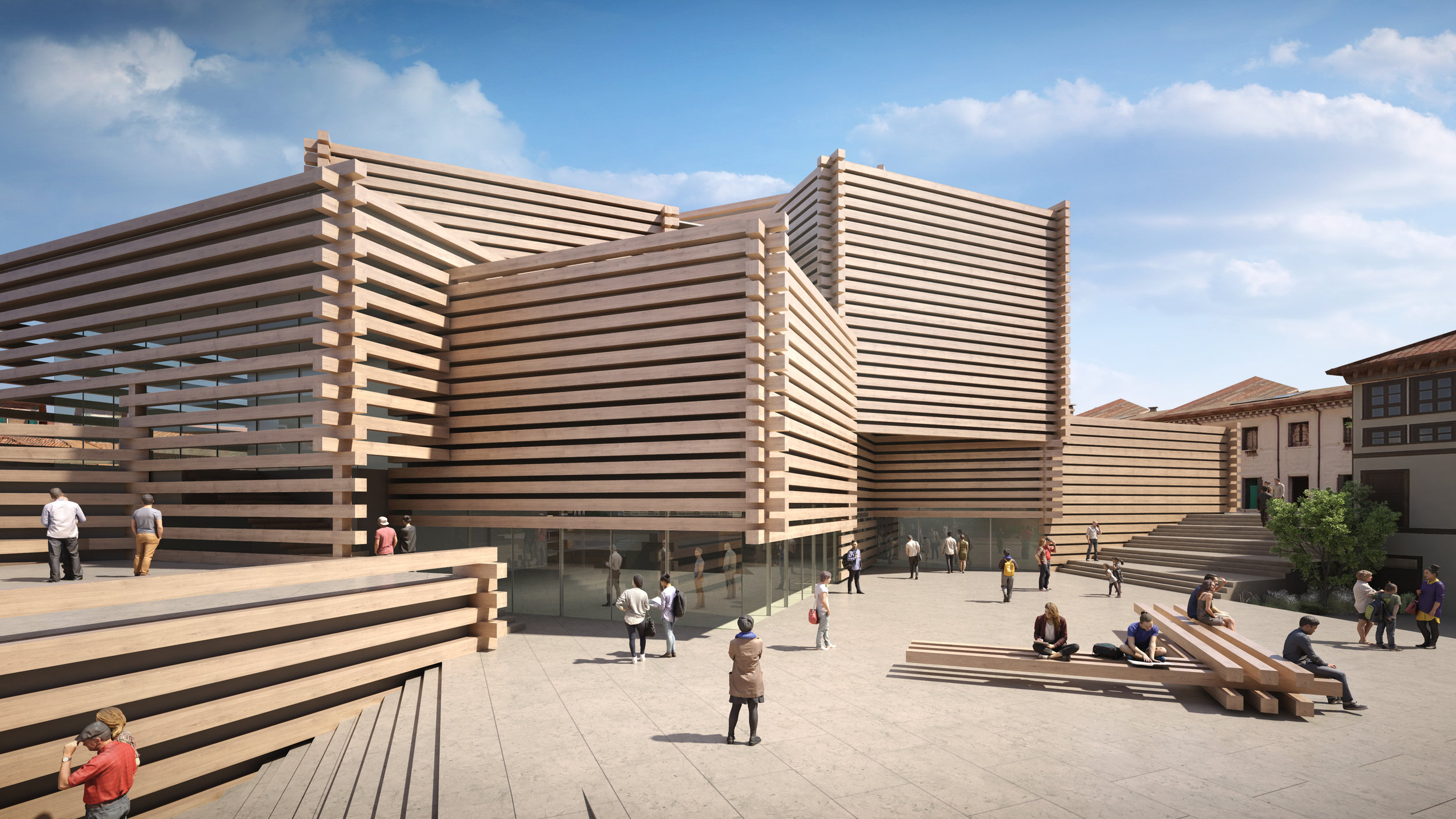
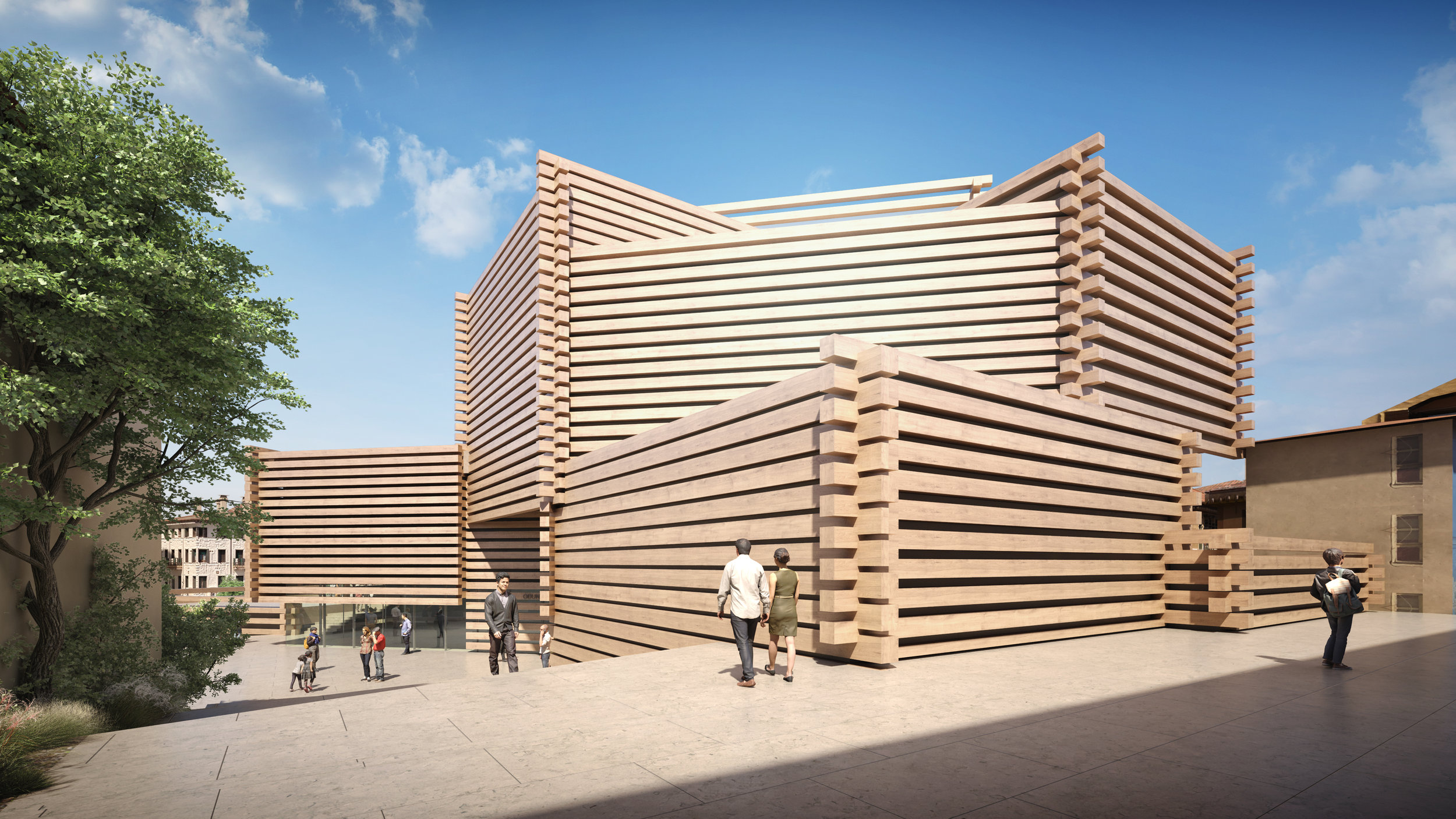
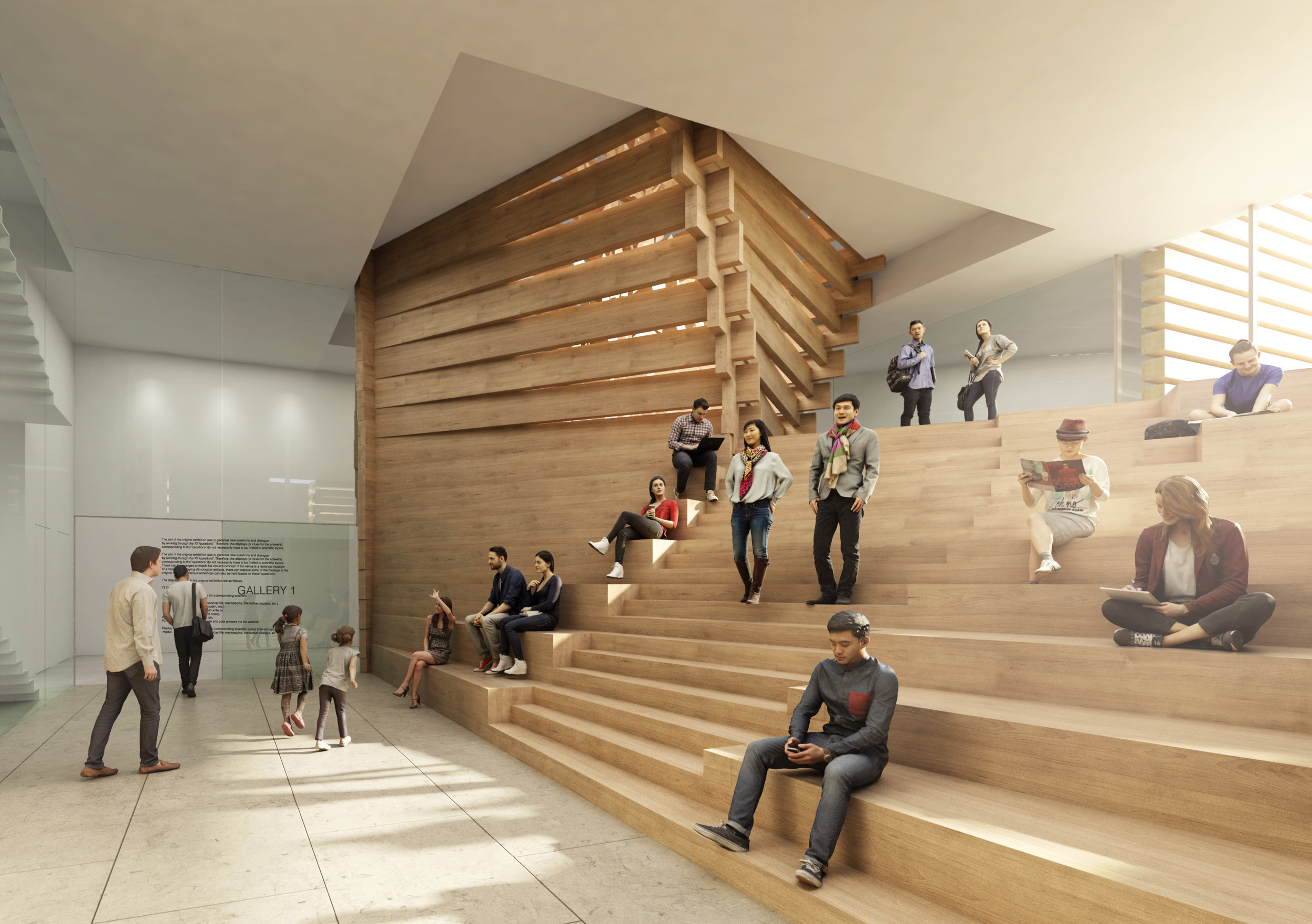
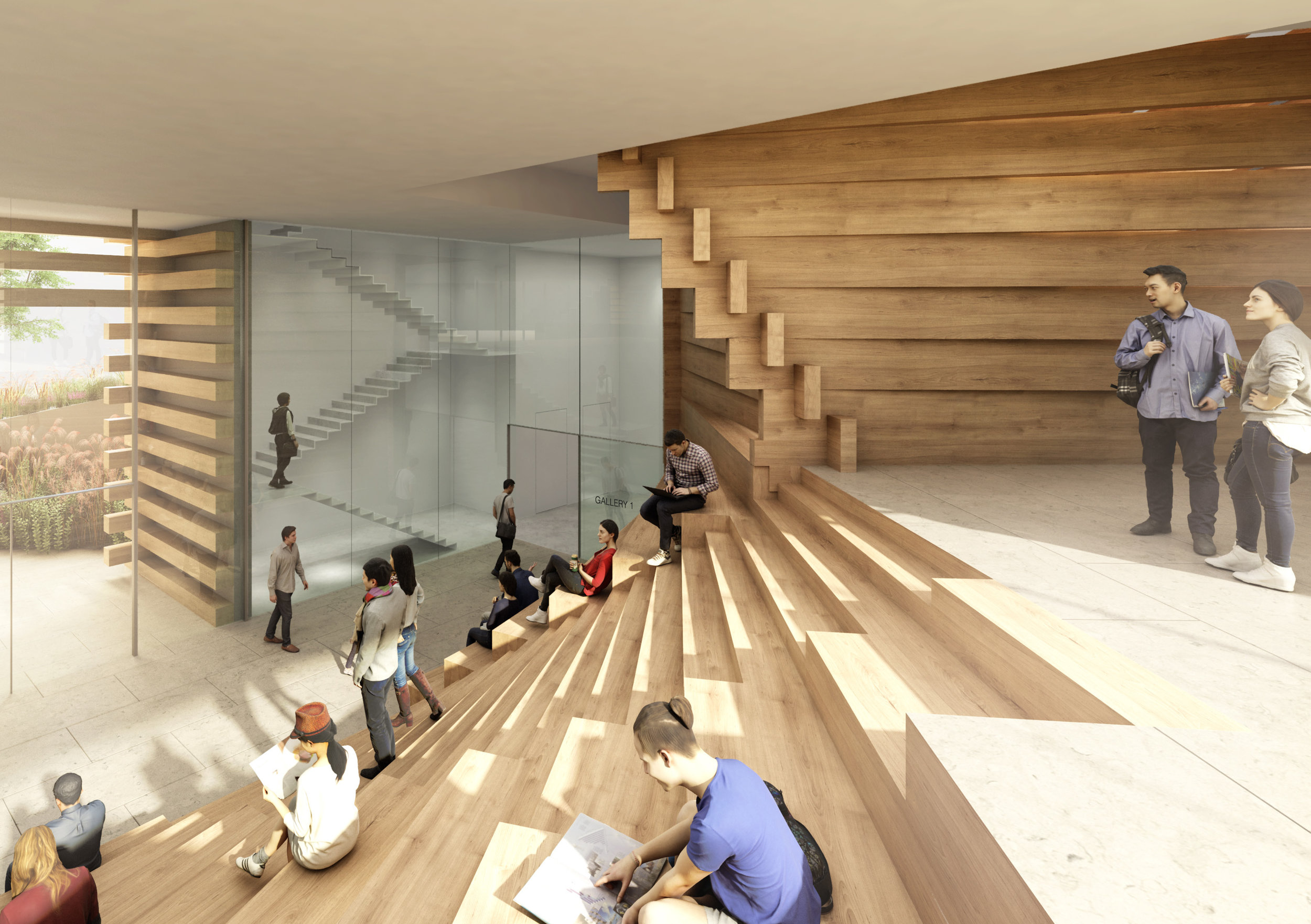
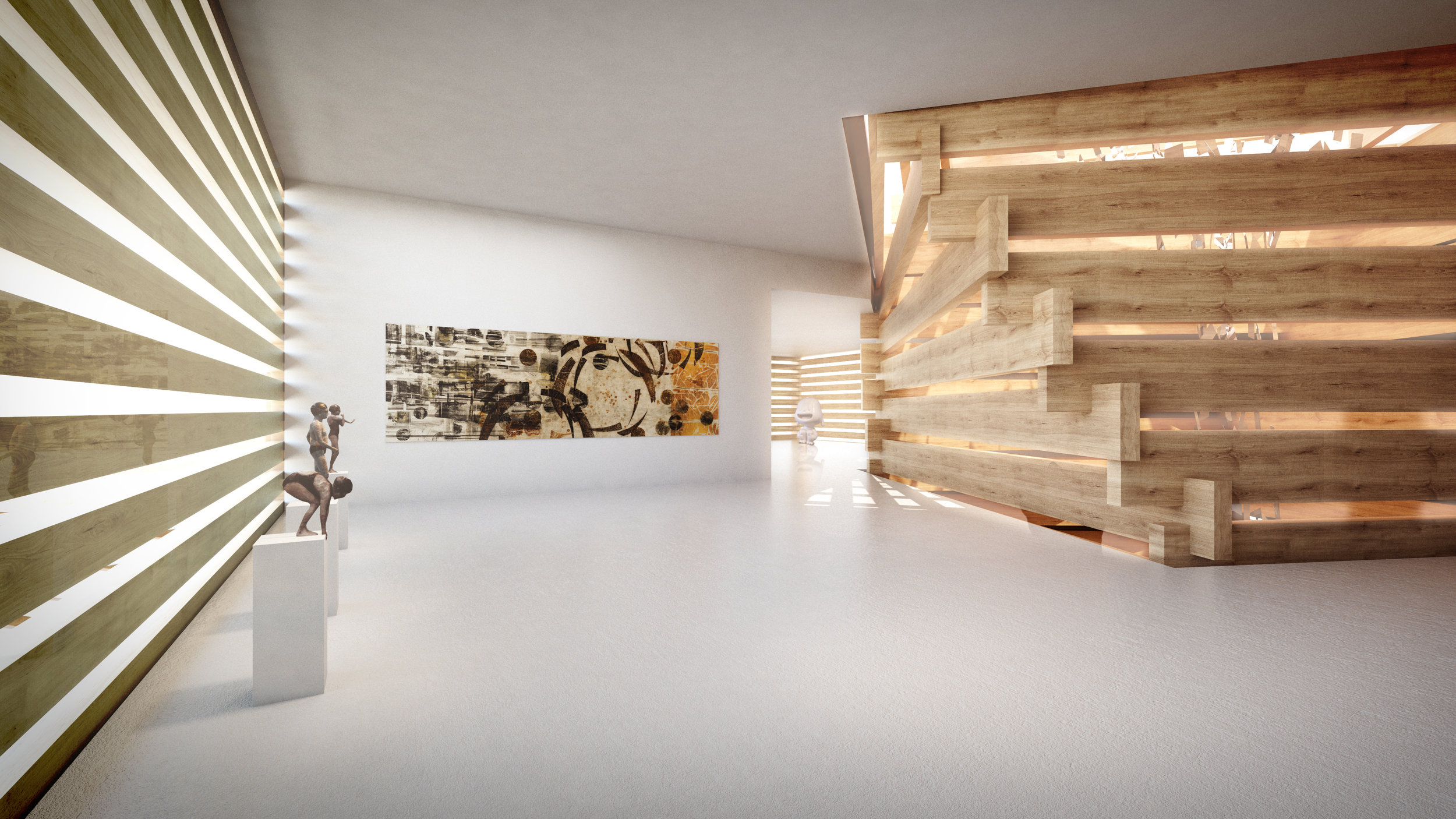
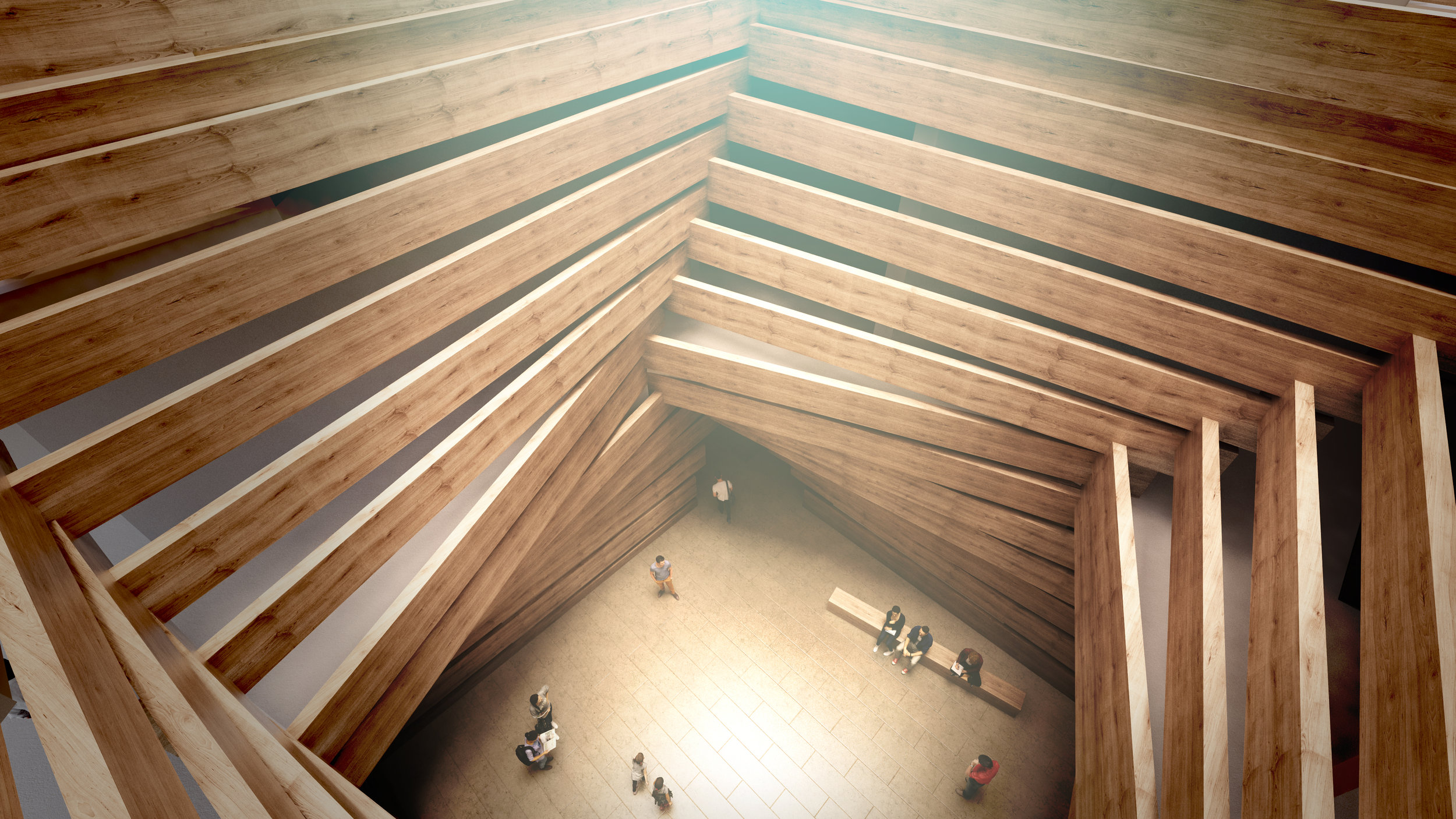

With its distinctive stacked timber design by Kengo Kuma and Associates (KKAA), the 4,500m2 building draws inspiration from Odunpazari’s traditional Ottoman wooden cantilevered houses that are synonymous with the district, and pays homage to the town’s history as a thriving wood market.
Along with several other city museums in the surrounding area, OMM will create a museum square and public meeting place in the town. Split over three floors, visitors will journey through a variety of exhibition spaces, with the large spaces at ground level echoing the rhythm and scale of the surrounding townscape, and the smaller rooms on the upper levels providing a home for smaller-scale artworks. At the centre, a skylit atrium will allow natural light to permeate throughout the building.
Yuki Ikeguchi, Partner leading the project, and Kengo Kuma, Founder of Kengo Kuma and Associates, said: “At the heart of this project was a desire to create a link between people and art. We wanted the building to carry the history and memory of the town, to resonate both on a human scale and with the unique streetscape of Odunpazari, which passing through is a special experience in itself. We very much look forward to seeing the public enjoy and interact with the building.”
“We are delighted to announce that the museum will open in June and look forward to opening our doors”, said Erol Tabanca, founder of OMM. “It is my privilege to give this museum and open up the collection to visitors all over the world to enjoy. OMM will stand as a new landmark that reconnects the town with its history, and as a progressive cultural development for Eskişehir and the Central Anatolian region at large.”
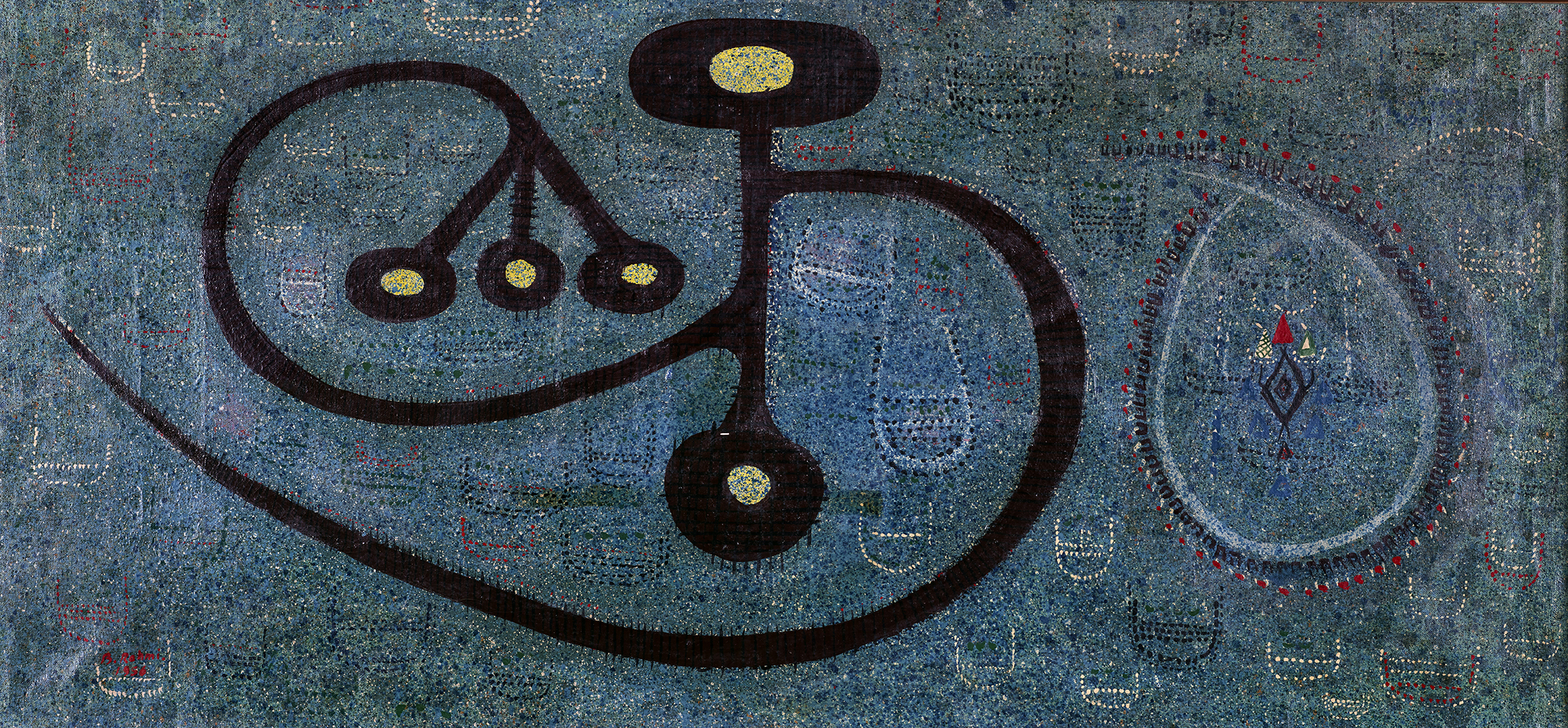


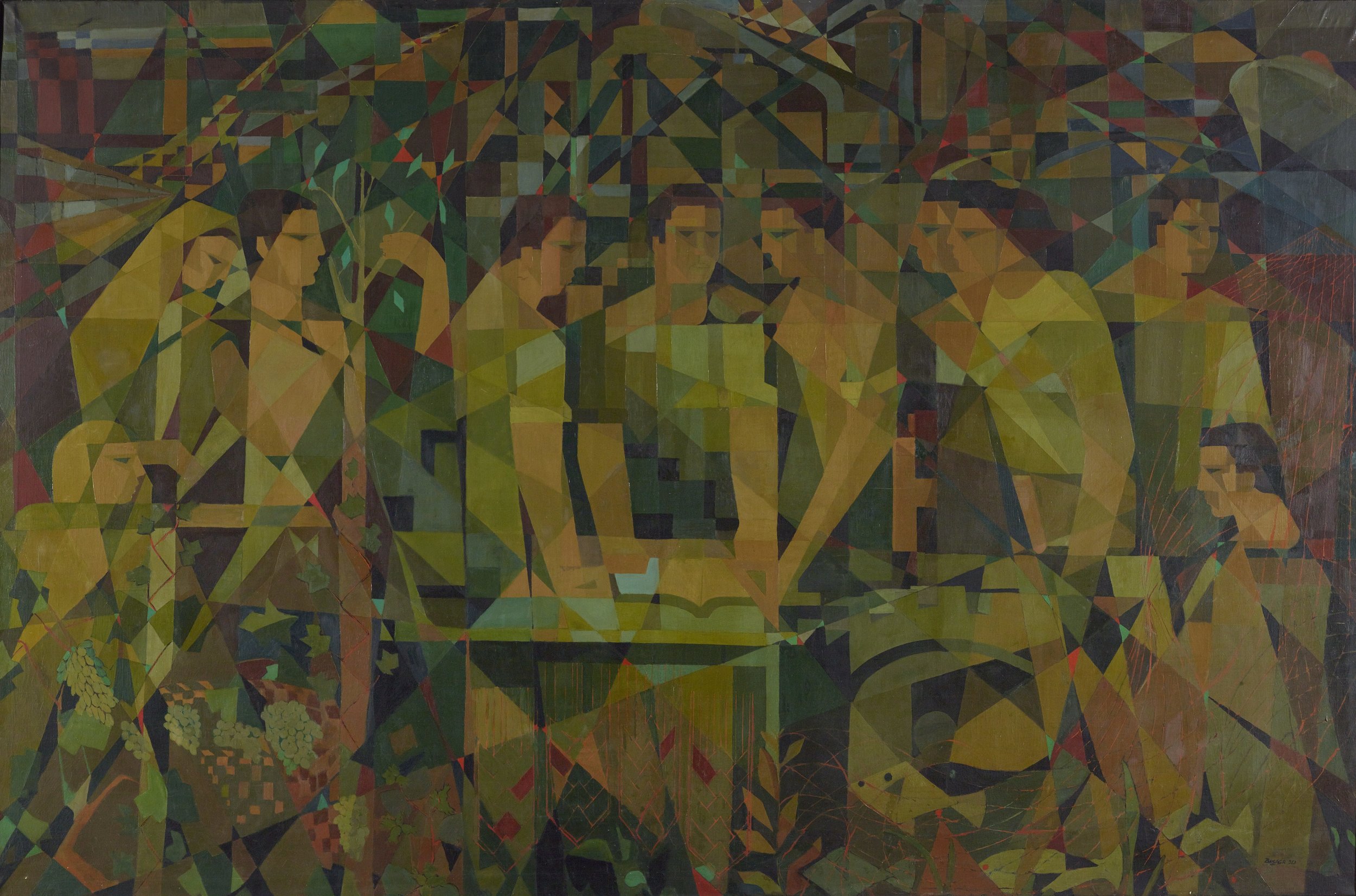
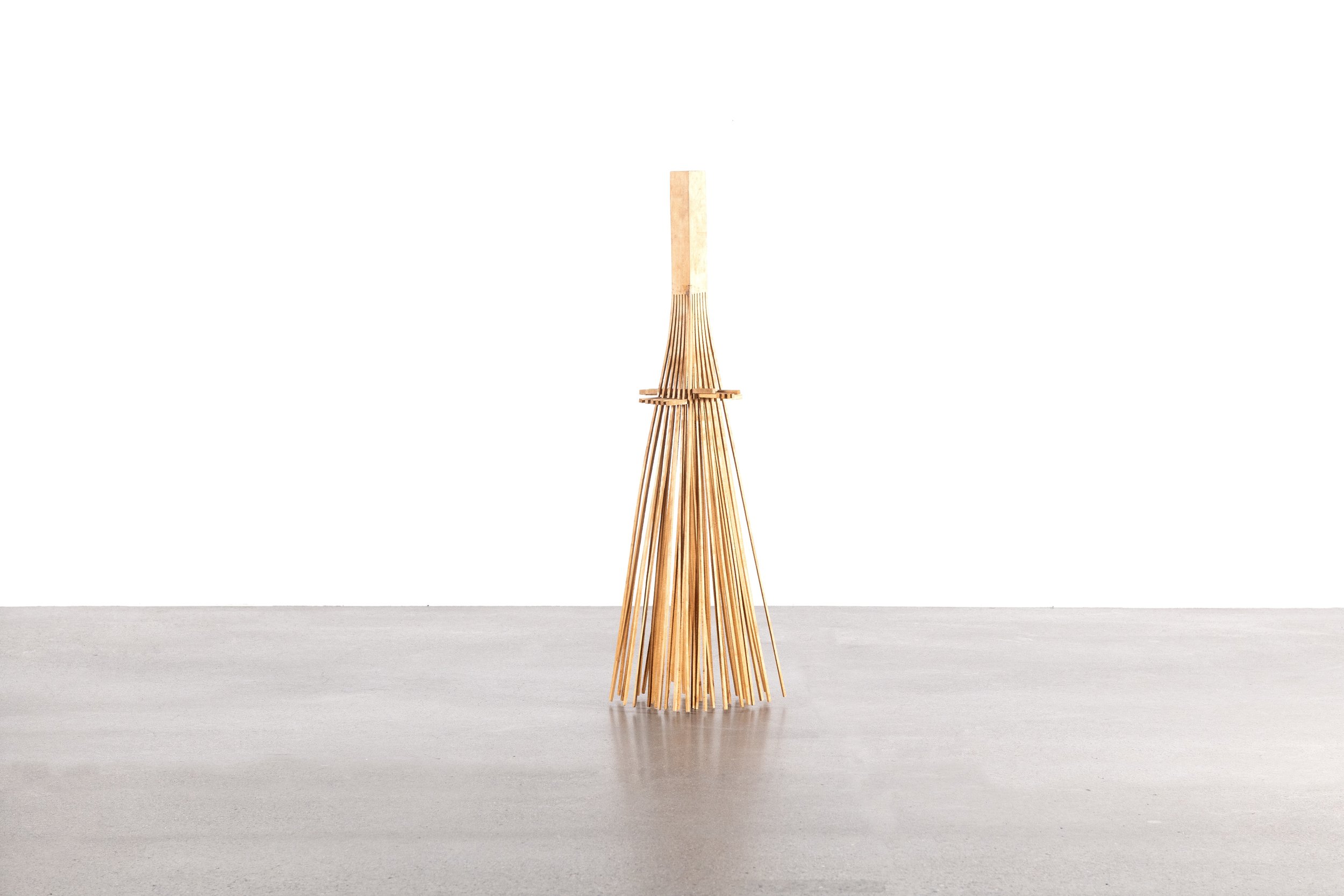

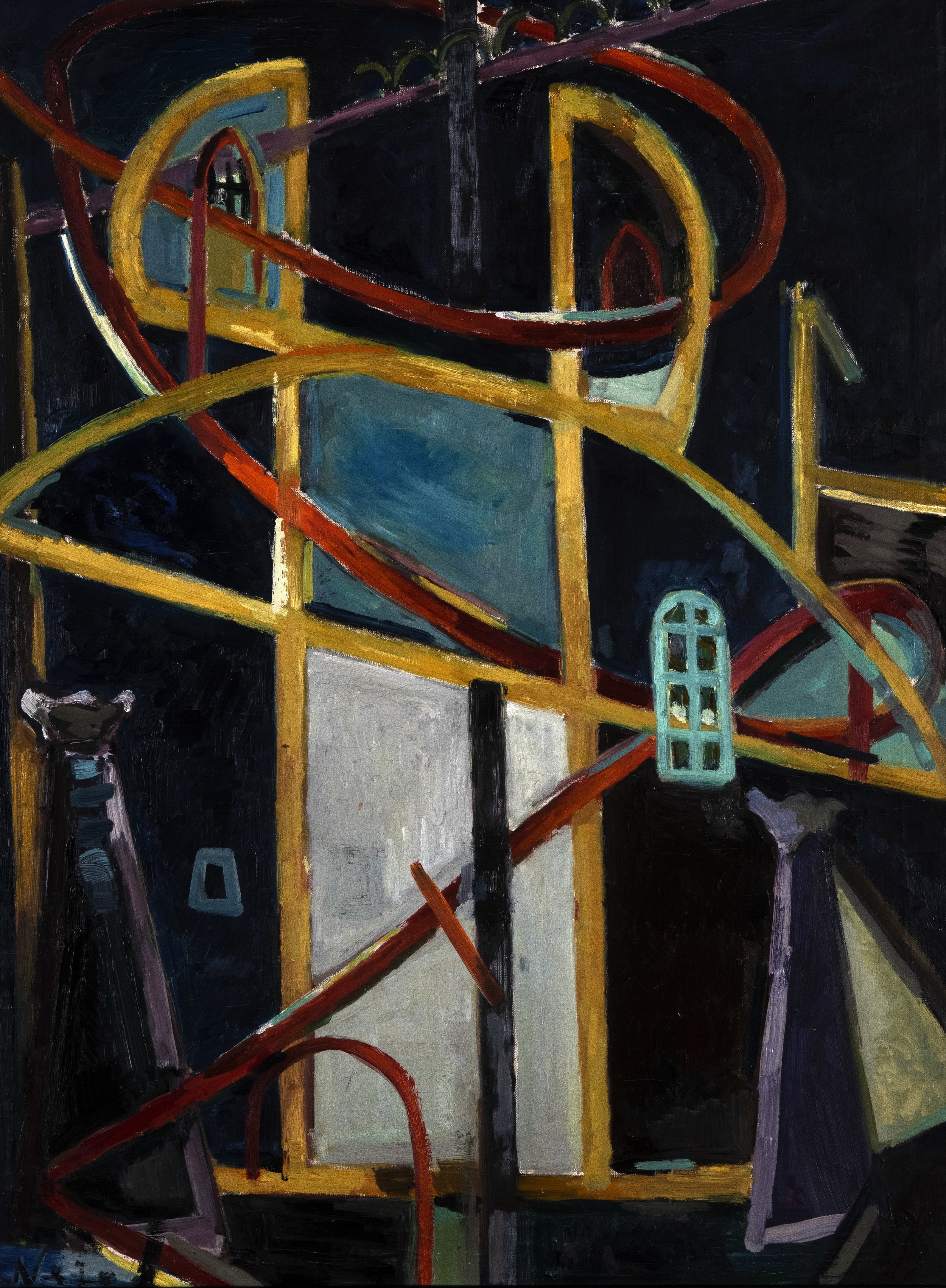


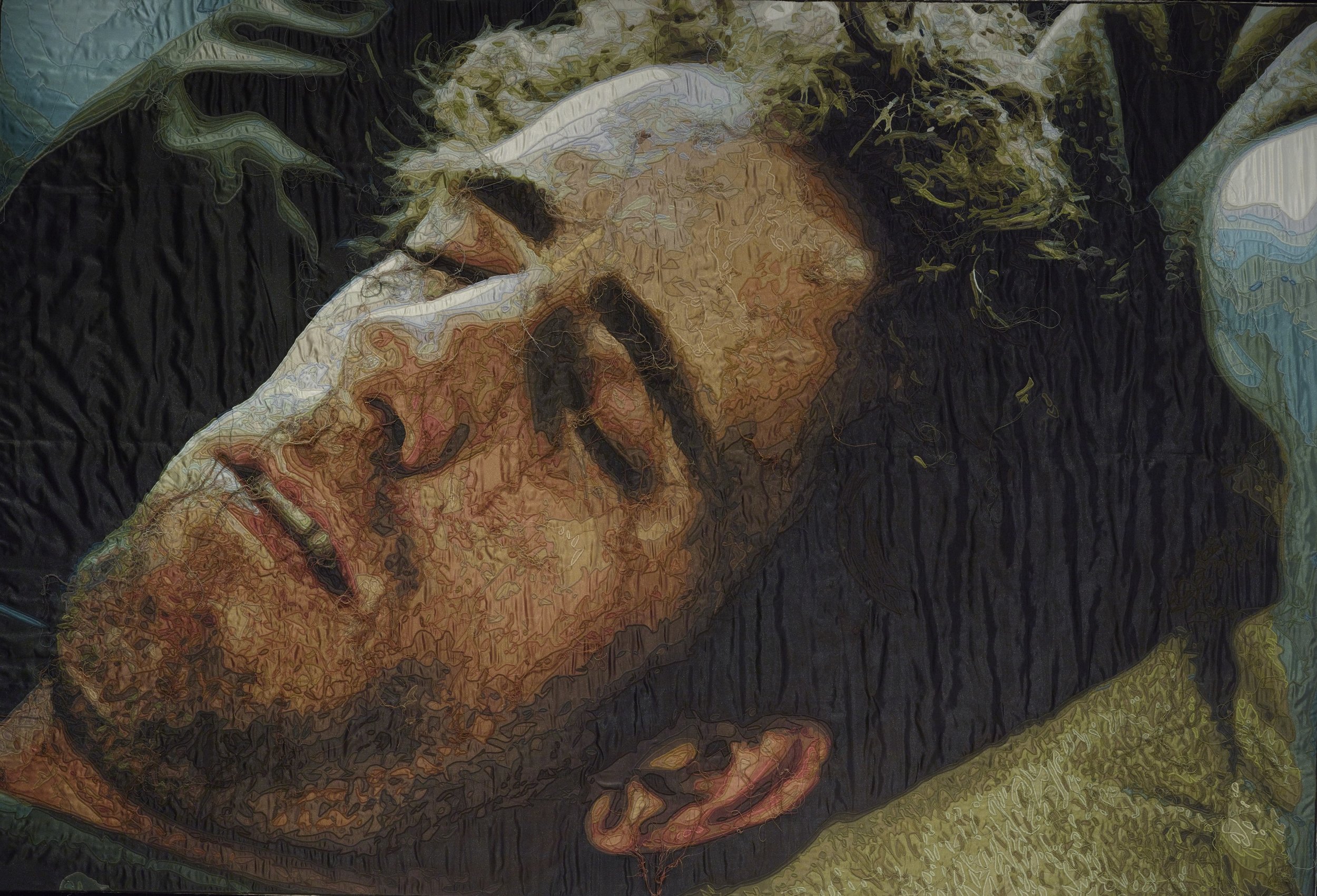
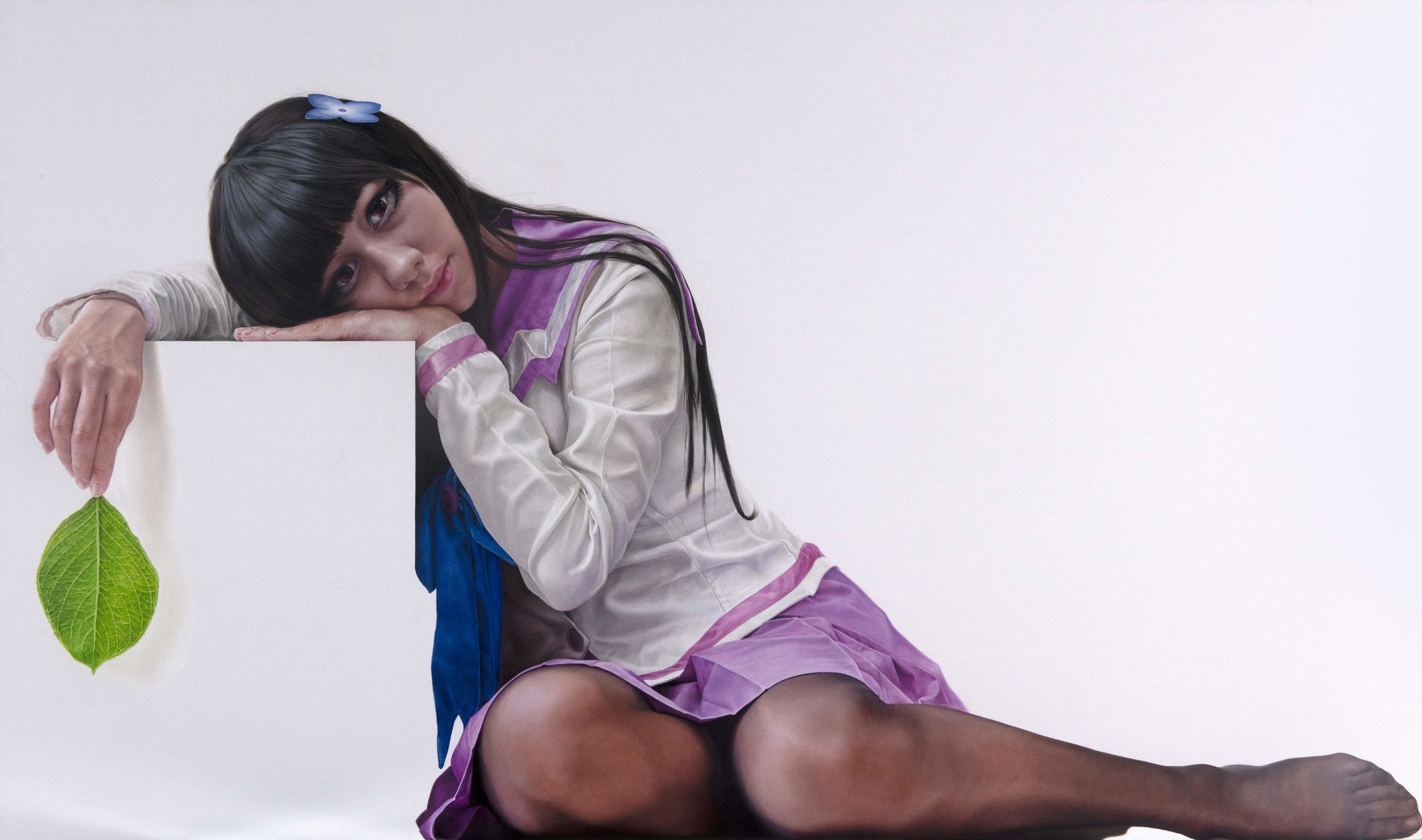

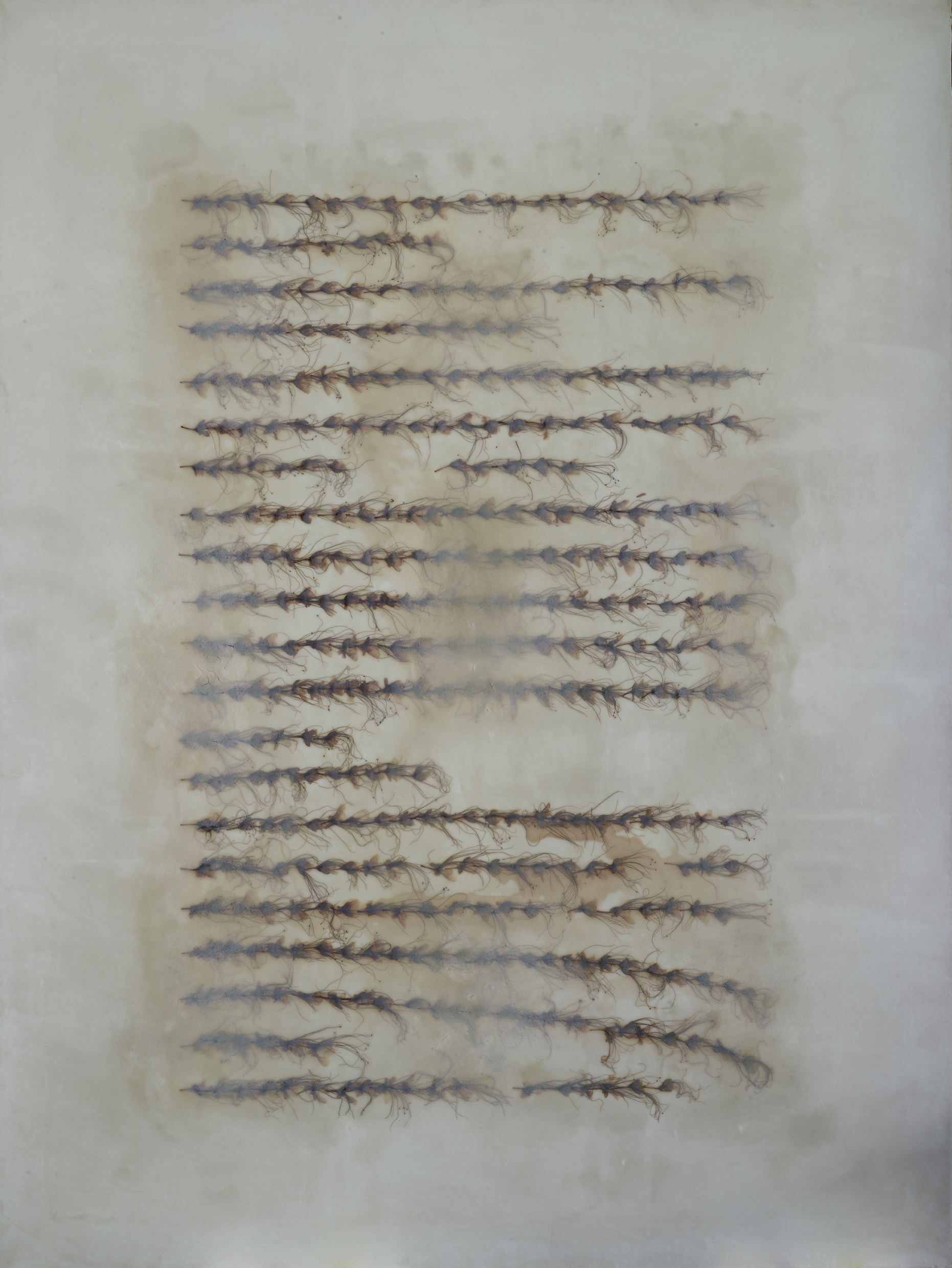

Curated by Turkish curator, Haldun Dostoğlu, the museum’s inaugural exhibition will showcase a selection of around 200 works by 60 leading artists from Turkey including Bedri Rahmi Eyüboğlu, Canan Tolon, Erol Akyavaş, İlhan Koman, Ramazan Bayrakoğlu, Sinan Demirtaş and Tayfun Erdoğmuş. The exhibition will continue up to the present day with a new site-specific commission by Japanese bamboo artist, Tanabe Chikuunsai IV. His intricate installation, crafted from woven bamboo, will interact with and complement the architecture of the building.
Curator, Haldun Dostoğlu, said: “When curating OMM’s inaugural exhibition, I was inspired by three truths: Eskisehir will gain its first modern art museum, Erol Tabanca will fulfil his dream of sharing his art collection with the public, and this wonderful collection - much of which has been behind closed doors for a number of years - will be showcased in its entirety for the first time.”
The collection has been brought together by Erol Tabanca over a period of 15 years and features more than a thousand works of art spanning the 1950s to the present day, championing pioneering twentieth-century figures as well as the next generation of contemporary artists. The collection features works by acclaimed artists from Turkey such as Burhan Doğançay, Canan Tolon, Azade Köker, Nejad Melih Devrim, Erol Akyavaş, Haluk Akakçe, Taner Ceylan, İnci Eviner, Gülsün Karamustafa and Erdağ Aksel, alongside international names including Peter Zimmerman, Jaume Plensa, Marc Quinn, Robert Longo, Aron Demetz, Julian Opie, Sarah Morris, Stephan Kaluza, Hans Op De Beeck, Massimo Giannoni, Seon Ghi Bahk, Alfred Haberpointner. OMM’s multidisciplinary exhibitions – many of which will be produced in collaboration with leading curators and creatives – and permanent galleries will be complemented by a dynamic public programme, offering seminars, artist talks and workshops.
Dassault Systèmes x Morphosis
Design in the Age of Experience
Anne Asensio of Dassault Systèmes speaks to Thom Mayne and Kerenza Harris from Morphosis about their collaboration on the "Interfaces" installation during Milan Design Week in April 2019
In the run-up to their collaborative installation Interfaces - set to be revealed during Milan Design Week in April 2019 - Dassault Systèmes and Morphosis discuss the interplay between science, art and design and the role of data and design thinking when applied to real-world issues facing urban environments today and in the future.
During Milan Design Week 2019, Dassault Systèmes returns to the exhibition space Superstudio Più. This is the leading 3D design software company’s latest collaboration with influential members of the design community, to reinforce its mission to create a more sustainable, resilient and regenerative world through design.
Dassault Systèmes’ event “Design in the Age of Experience” examines how pioneering innovations can drive change in our cities, mobility networks, energy use, and daily endeavors to reduce humankind’s damaging impact on our planet. Visitors are encouraged to experience solutions provided by Dassault Systèmes’ 3DEXPERIENCE platform through a varied program of activities throughout the week.
“Architects and designers are defining our habitat, our living experiences. In a ‘now’ hybrid, data enabled, mixed virtual and real environment, Morphosis’ installation is projecting a regenerative future by questioning our relation to the world.”
Anne Asensio,
Vice President of Design Experience & Innovation, Dassault Systèmes”
“Interfaces” by Morphosis
Following the success of the 2018 collaboration with global thought leaders Kengo Kuma, Daan Roosegaarde, Wesley Goatley and Superflux, this year’s Design in the Age of Experience will feature “Inter faces,” an immersive installation created in collaboration with Los Angeles-based architecture practice Morphosis.
Thom Mayne, Kerenza Harris and Eric Meyer of Morphosis will reveal this interactive experience examining the role of design thinking when applied to real-world issues facing urban environments today and in the future. The exhibition takes as its content real models and data from Morphosis’ projects, designed with Dassault Systèmes’ software solutions. Using augmented reality and digital projection, “Interfaces“ immerses viewers in an interplay of data and decisions embedded in the contemporary design process.
Animated rotating panels are transformed into interfaces that connect human experience to contemporary design environments: solar and energy efficiency studies, human experience parameters such as interior climate, material economies, production streams and the building’s relationship to its urban context.
Thom Mayne, Principal Founder, Morphosis Architects
“The installation is part of an ongoing collaborative merging of digital work - that’s Dassault Systèmes’ world - and the world we work in as architects. It represents the alignment of these two worlds, an alignment that entails a different definition of who architects are and how they contribute to the
world. Through this alignment, there is clear opportunity for a radical expansion of our role to address broader urban infrastructure, global social and environmental issues, and large scale projects. But the dialogue is essential. We wouldn’t operate under the same terms without this collaboration.”
Thom Mayne, Principal Founder, Morphosis Architects”
This open conversation as part of Dassault Systèmes' varied conference program during Milan Design Week
INTERFACES : Discover the Morphosis Installation
Daily from 11.30am to 12.15pm
The newly revitalised Avenue of Stars, Hong Kong
The first waterfront rejuvenation project in Hong Kong developed by New World Development (NWD)
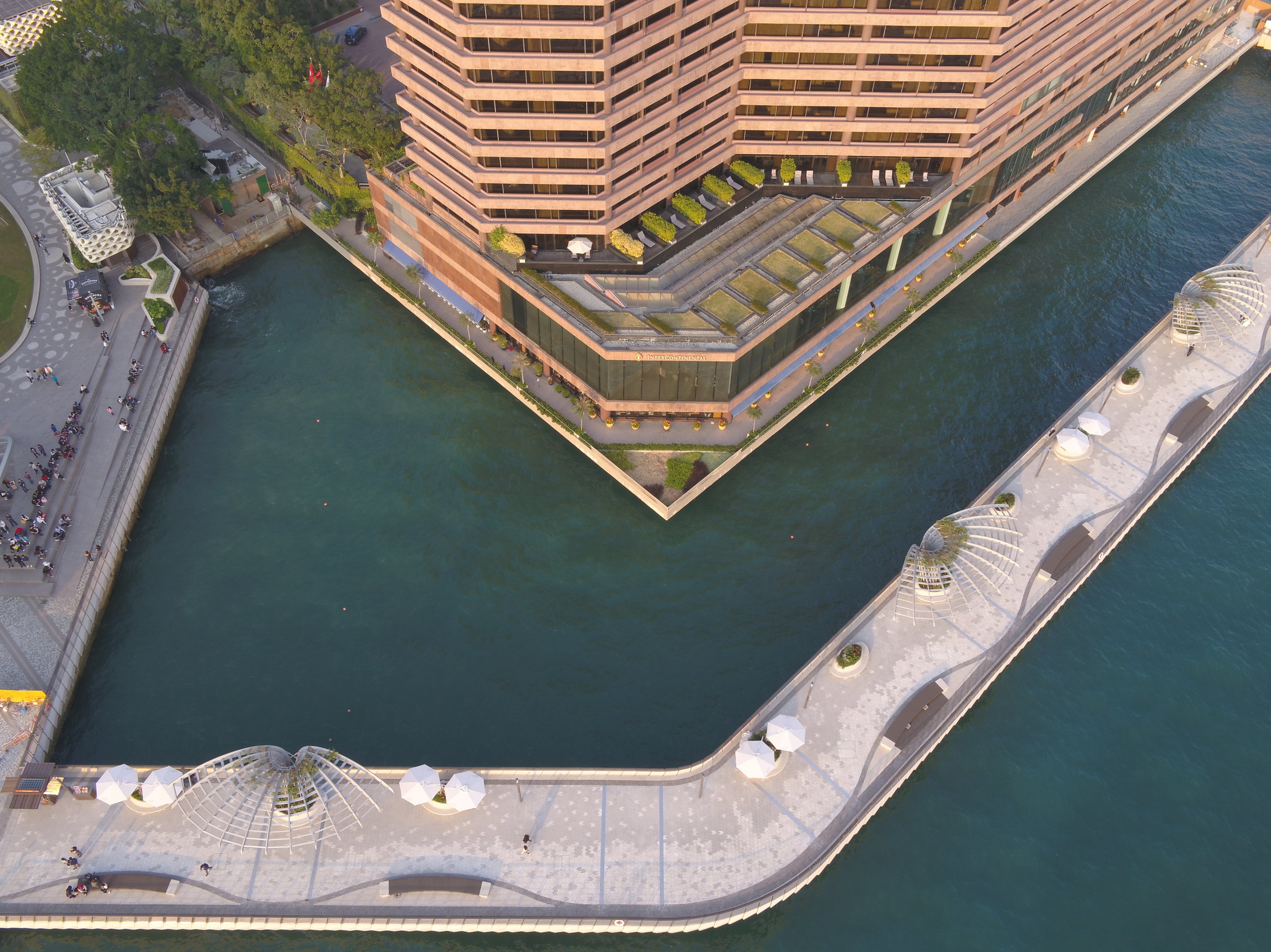
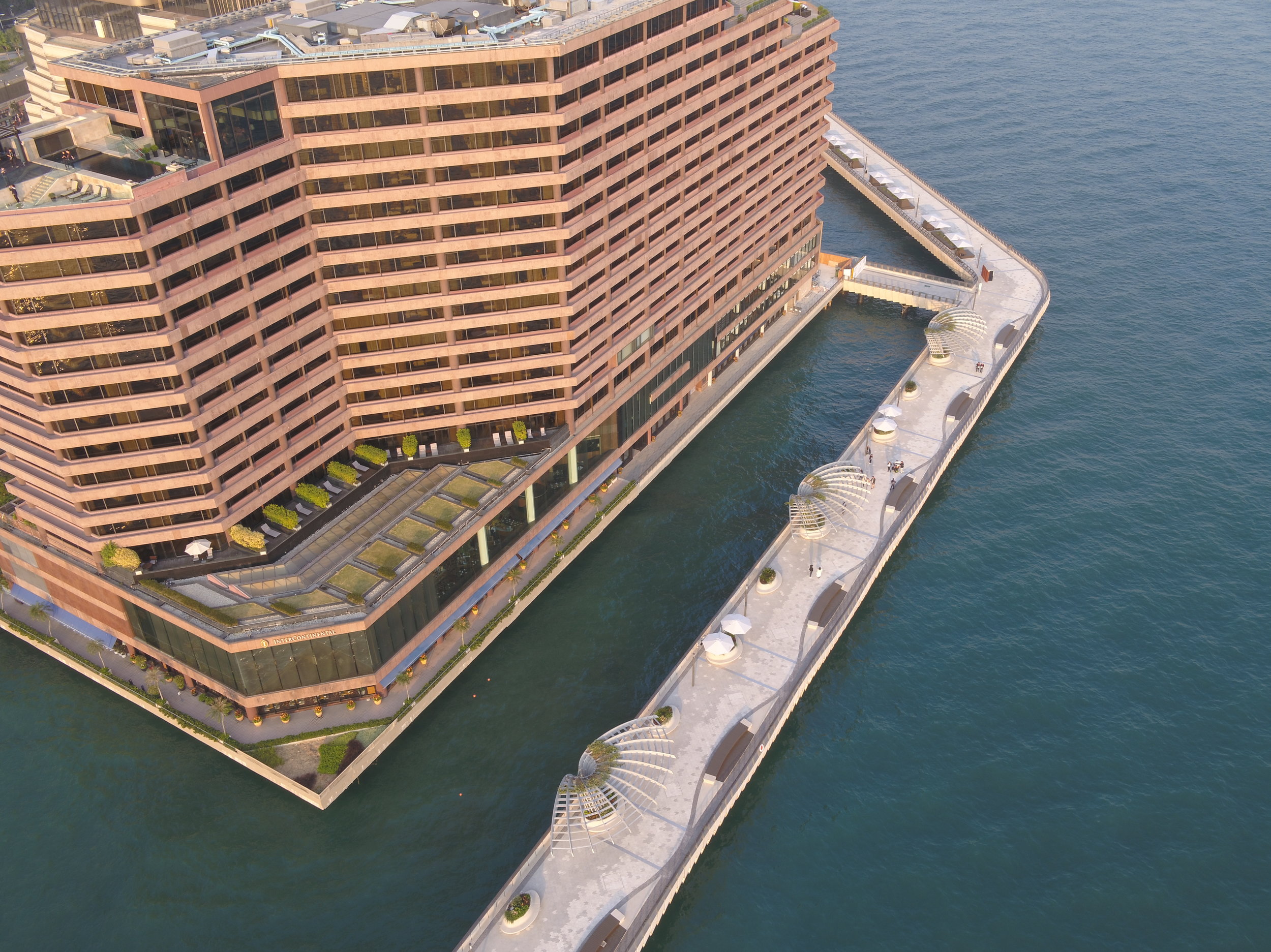
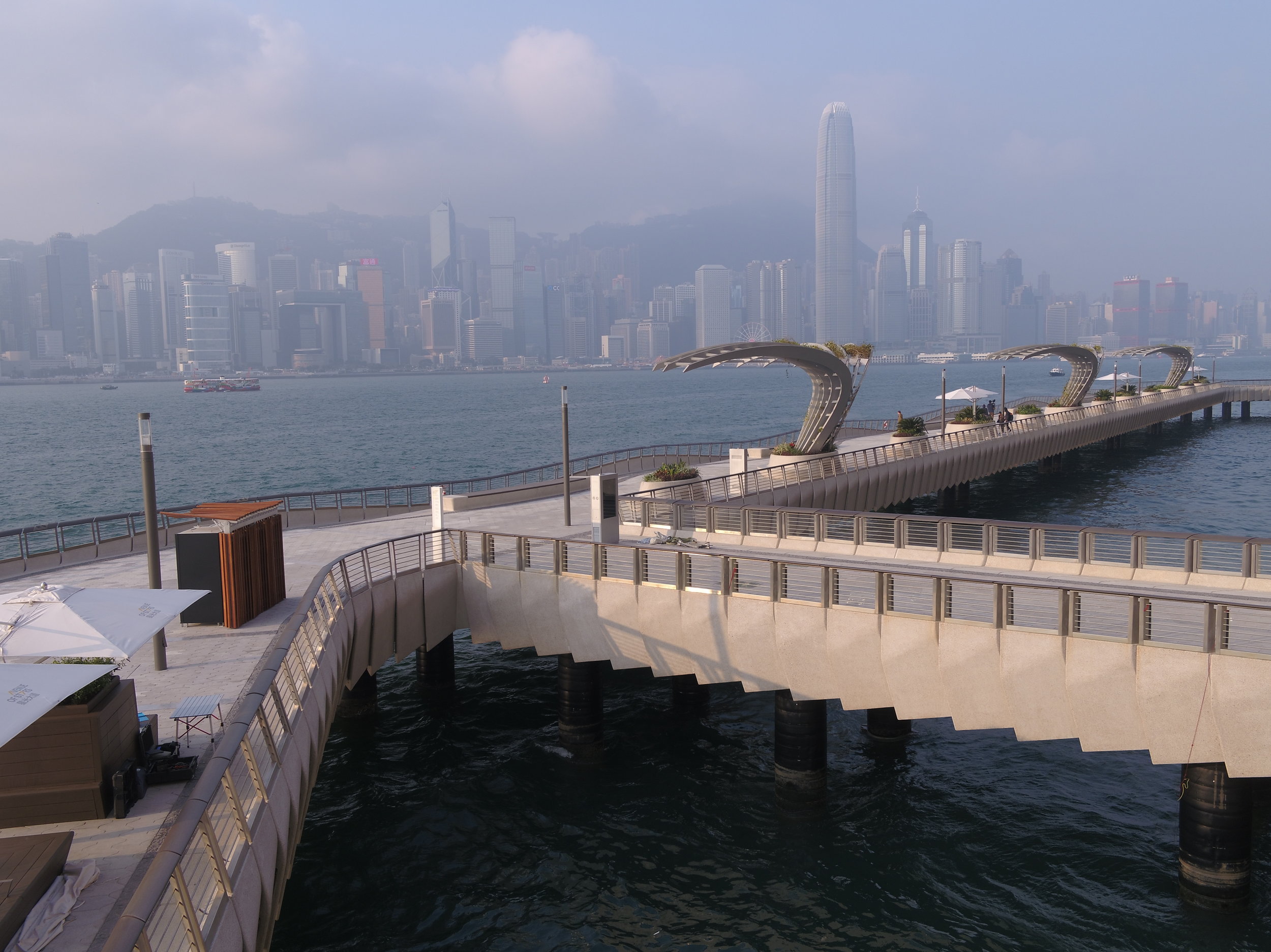
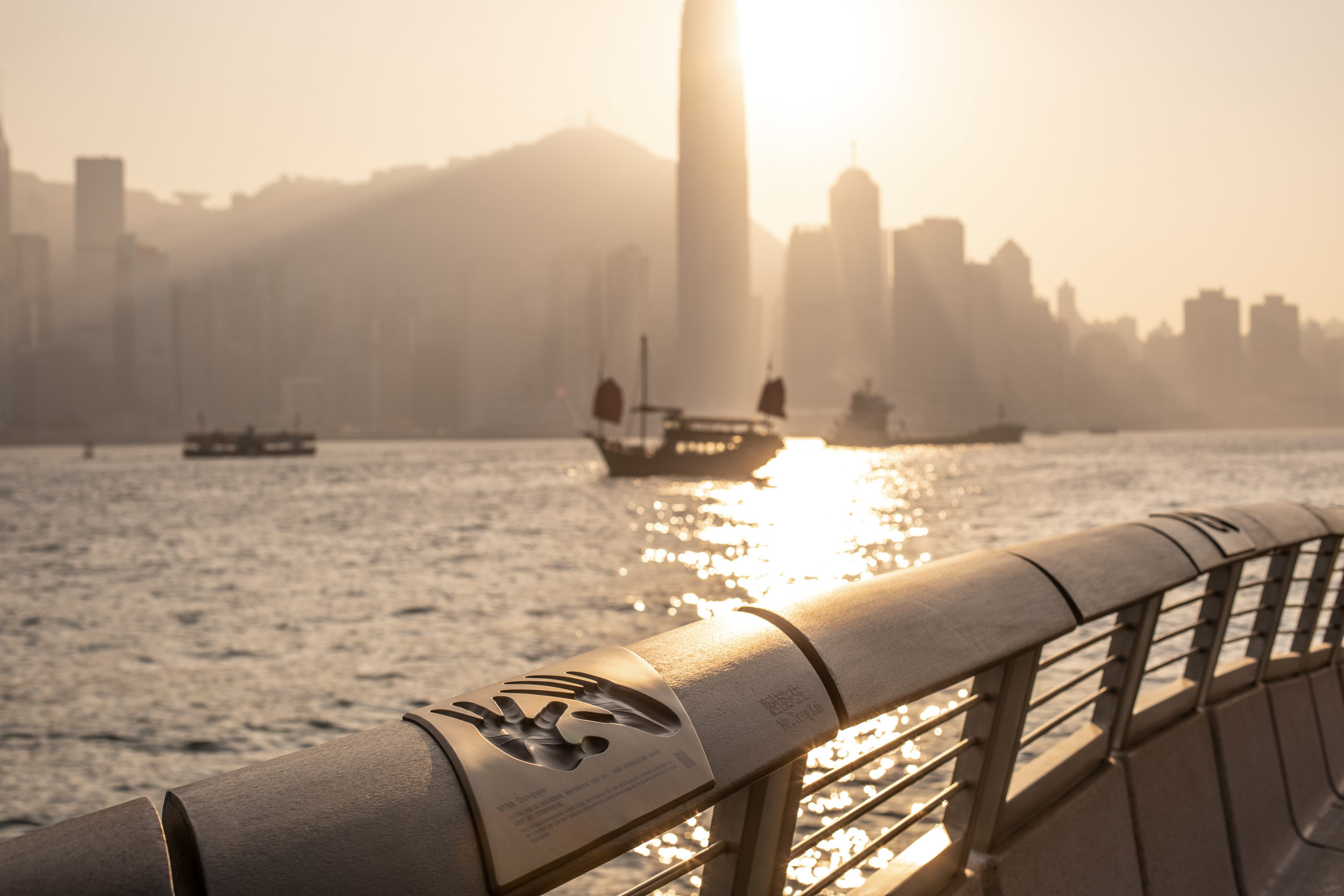
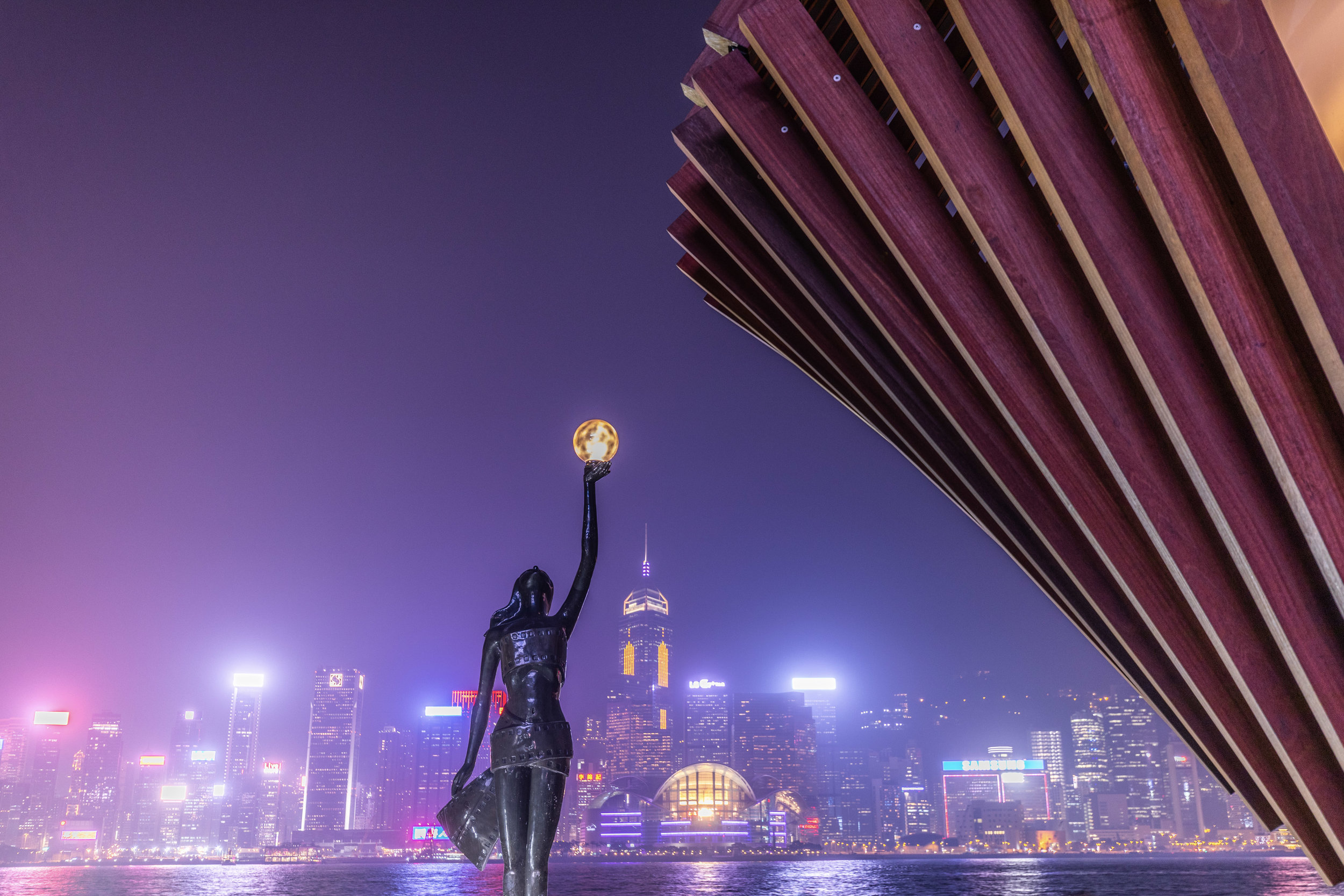

After a major overhaul and refurbishment, the Avenue of Stars (the Avenue), the first waterfront rejuvenation project in Hong Kong developed by New World Development (NWD) and designed by internationally acclaimed landscape architect James Corner Field Operations (JCFO), will be open to the public on 31 January 2019.
The Avenue is the result of close co-operation between Adrian Cheng, Executive Vice-chairman and General Manager of NWD, and James Corner, Founding Partner and CEO of JCFO. With JCFO who brought inspiration from their New York High Line Project, and the participation of international lighting architect Speirs & Major (S+M) and homegrown architect LAAB, they produced the masterplan to transform the Tsim Sha Tsui waterfront into a brand-new 21st century landmark of art, culture and sight-seeing.
The inspiration of the New York High Line in the design of the Avenue
The New York High Line is one of JCFO’s most notable urban revitalisation projects and it inspired their design for the Avenue. It features a stroll along a line, with episodic sequences, places, discoveries and surprises along the way. This scenographic journey, with coordinated views and vistas unfolding and being re-framed, is also apparent in the design of the Avenue. The main similarities between the High Line and the Avenue is that they are both elevated walks or promenades with amazing views and experiences. They are not parks or plazas or squares, but linear journeys.
Apart from the High Line, another major inspiration for the Avenue comes from the Harbourfront itself and the skyline of Hong Kong. The Avenue’s new rolling edge of the esplanade is designed to bring people closer to the water, and offer alternate views and experiences as they walk along the Avenue.

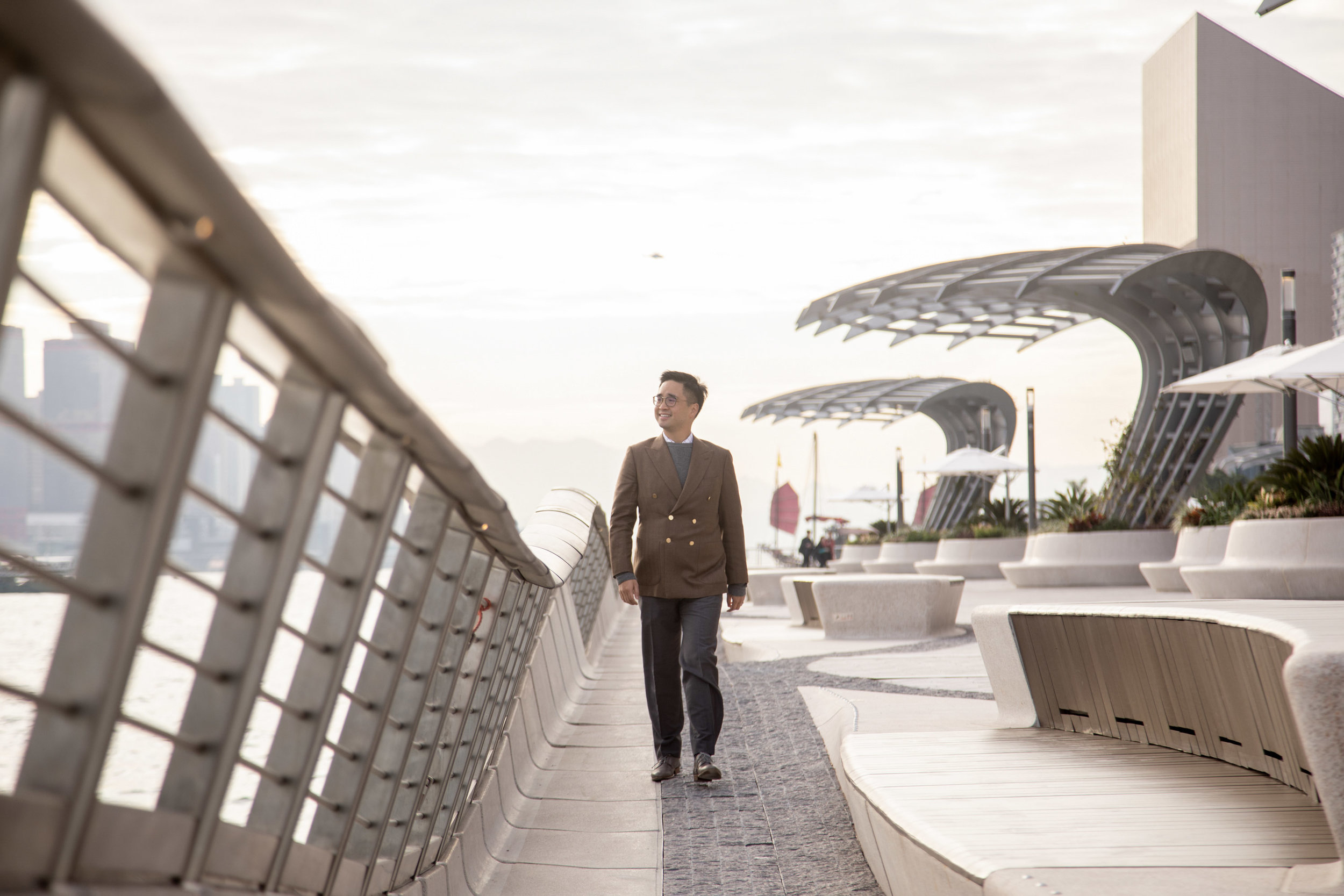

“James Corner expressed, “It was Adrian’s idea and priority to completely renovate and update the Tsim Tsa Tsui waterfront. I myself have enjoyed a very positive and creative relationship with Adrian. He brings a good deal of vision, aspiration, imagination and leadership to the table, enabling this new waterfront to be a special mix of dynamic public features with the arts, culture, varied social amenities and the Harbourfront itself, which was Adrian’s original vision – a global landmark.””

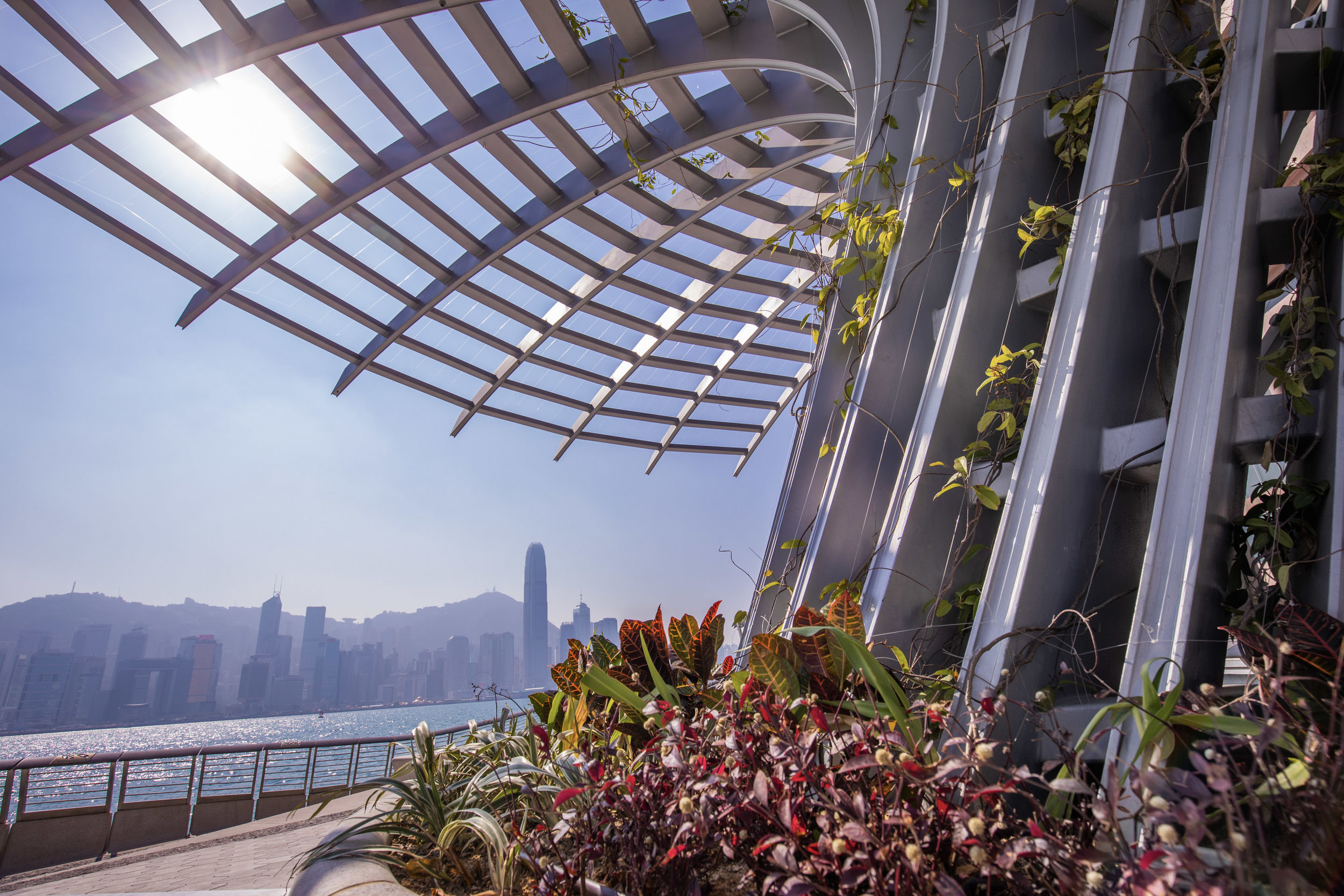
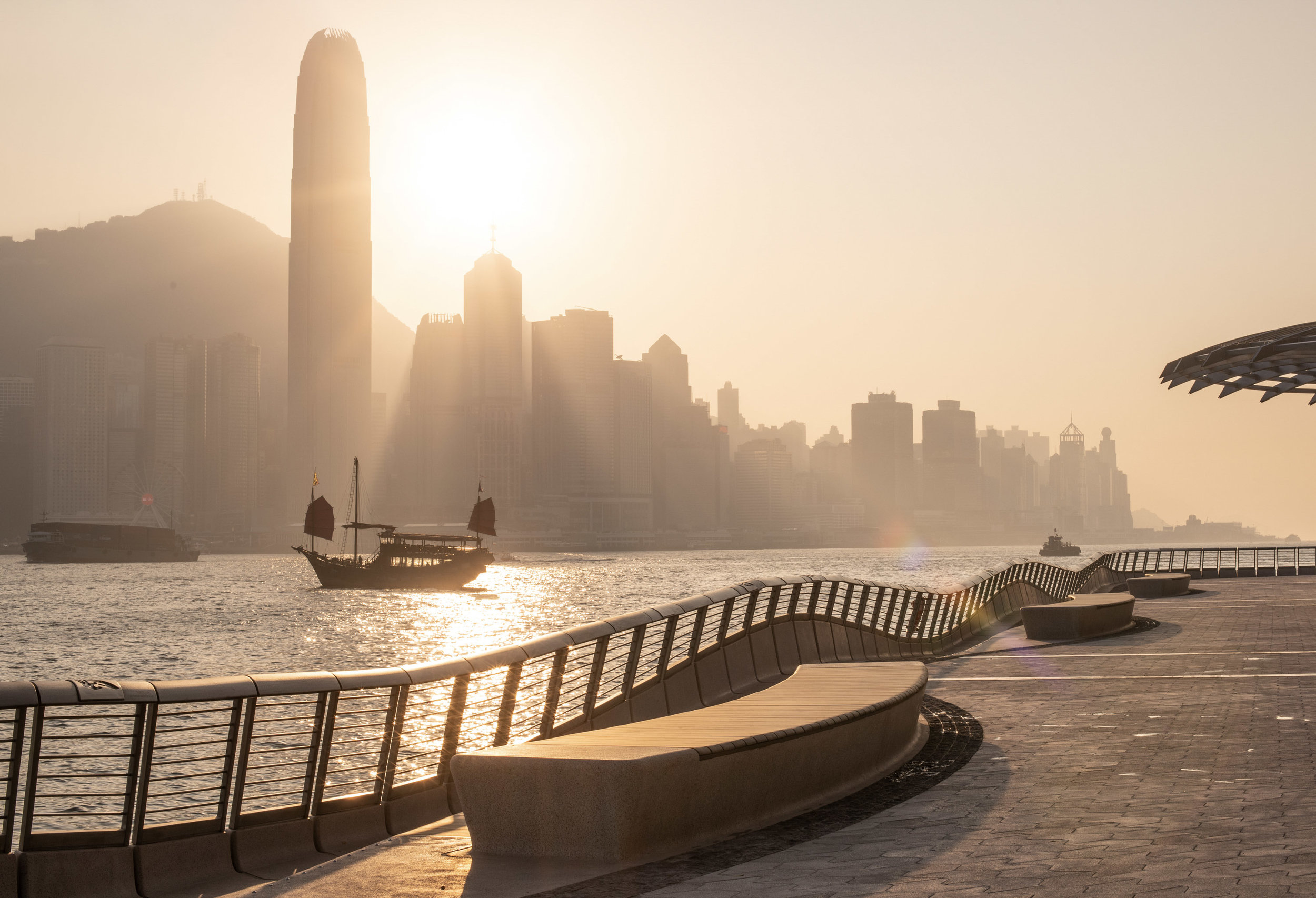
New amenities along the Avenue
JCFO’s design maximises the potential of the Tsim Sha Tsui waterfront as a place where visitors can enjoy magnificent views of Victoria Harbour and the Hong Kong skyline, while respecting the heritage of the site and paying tribute to the Hong Kong film industry whose stars are featured along the walkway – hence the name Avenue of Stars. It also presents a holistic solution that responds sensitively to the needs of the community and overcomes the many challenges posed by the waterfront site including the increasingly extreme weather conditions the site is exposed to during the annual typhoon season.
Therefore, the new design from JCFO is more than a mere replacement - it offers a complete revamp in terms of social amenities, experience and diversity. It provides plenty of places, shades and seating for people to sit and enjoy the views, and people-watch, and allows themselves to become part of the scene.
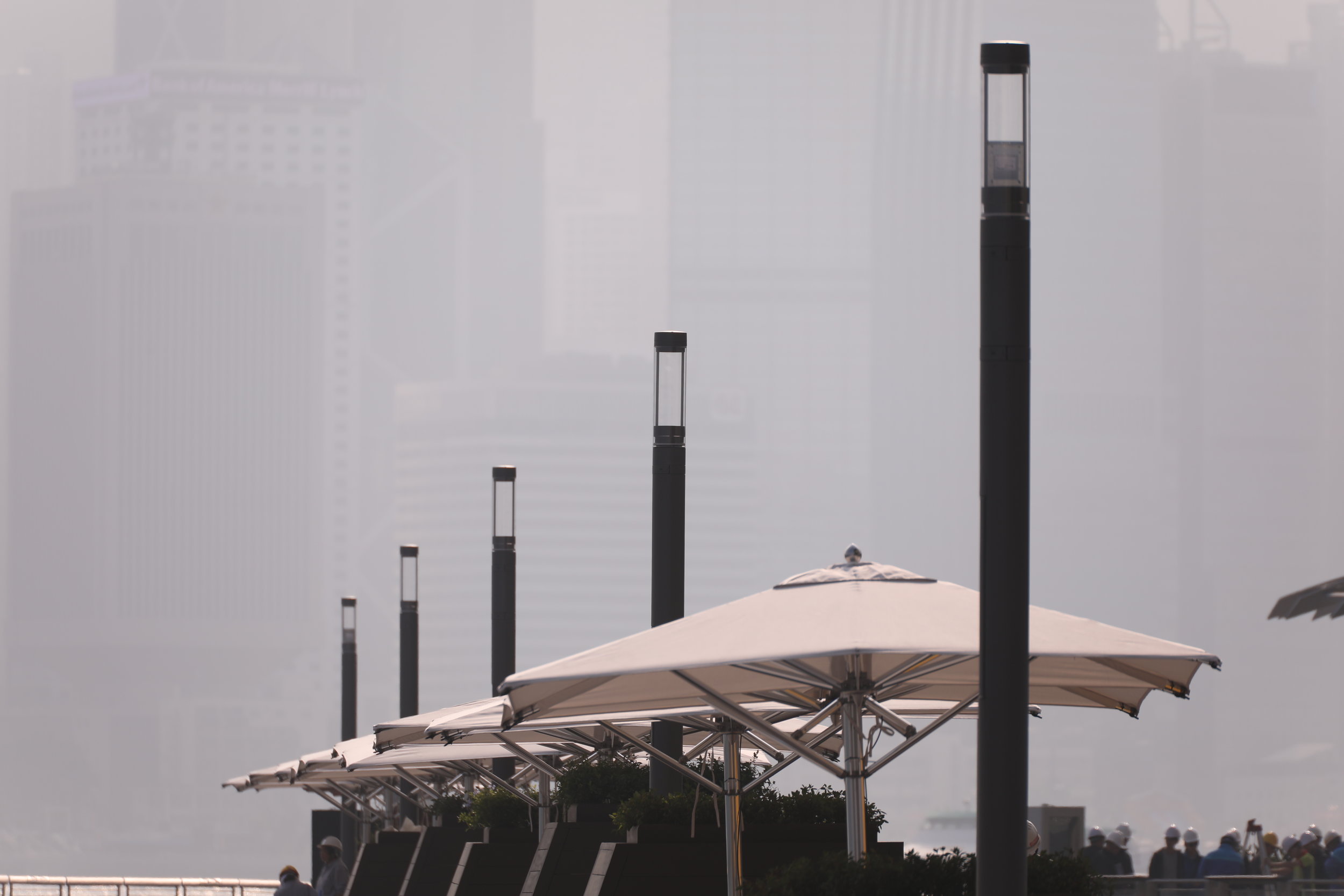

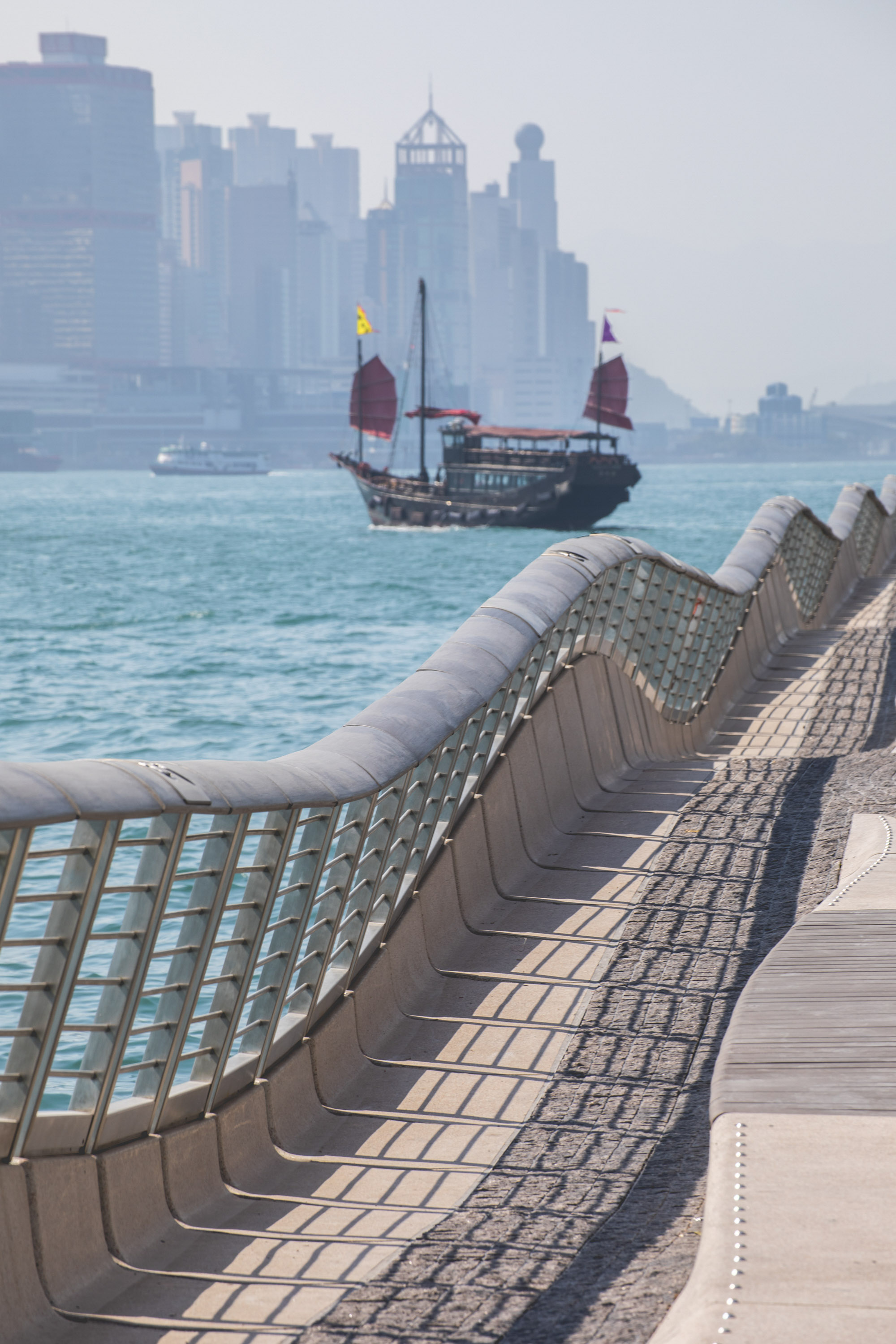
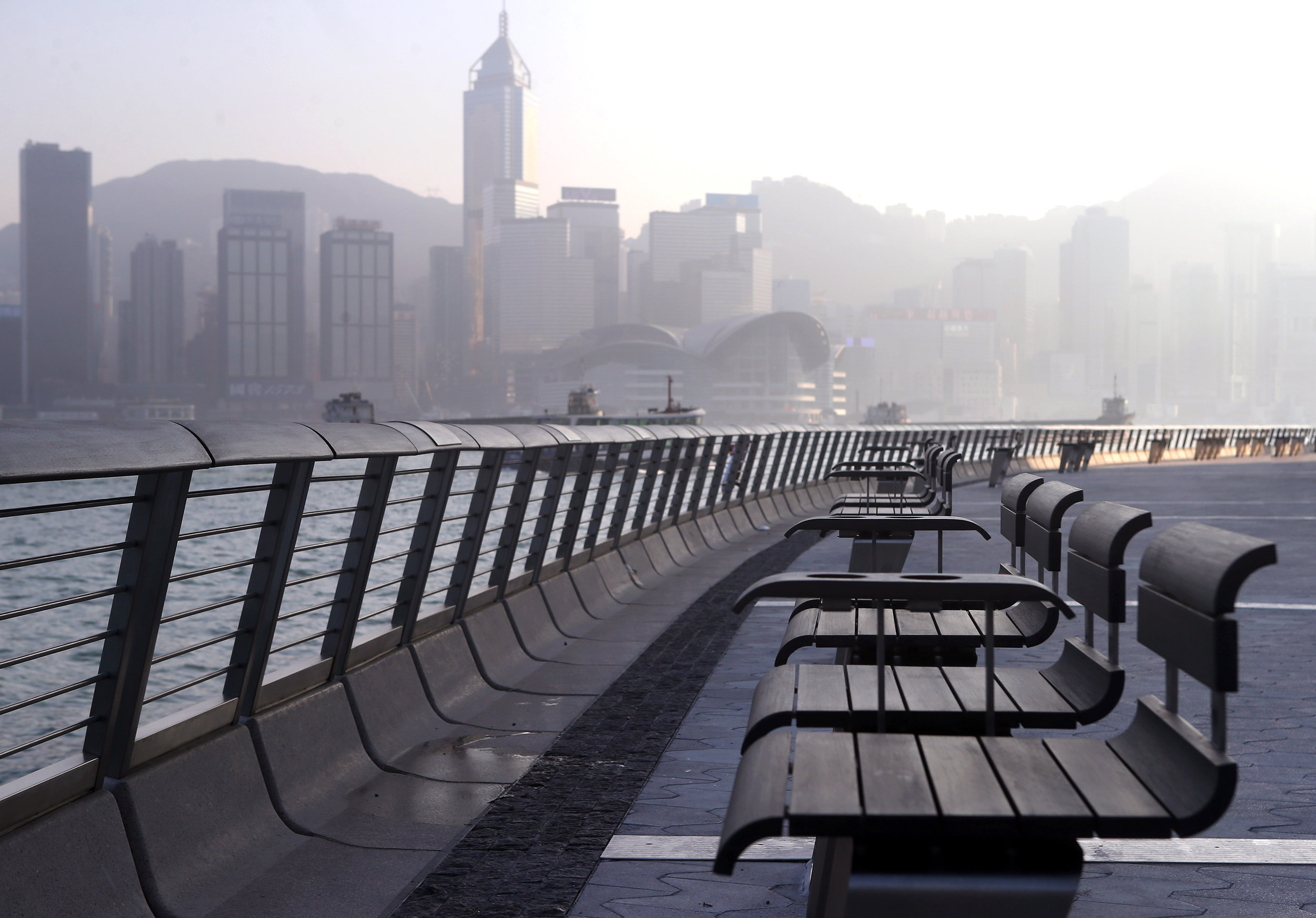
Notable Features:
Visitors are brought closer to the waterfront with a range of sea-facing seats which make it one
of city’s best spots for viewing Victoria Harbour and firework displays.
Four Trellises with vertical plants offer shade and reduce heat along the walkway.
Wave-inspired rail cladding
The totally new rail cladding design, inspired by the movement of waves, provides a clean, contemporary yet soft waterfront edge. The strengthened waterfront cladding serves as a wave break to minimise wave damage on the shore and reduce storm effects. The seawall is clad in custom sculpted precast concrete that encourages underwater habitation and is also composed of interlocking panels to offer additional structural strength. The effects of potential typhoons are also countered with interlocking concrete pavers to withstand submerged conditions, while the trellises form windbreaks upon the shore.
New wave-shaped paving patterns throughout the Avenue unify and enhance the identity of the place. Light coloured paving facing the harbour reduces radiant heat.
The design offers respite for visitors with new amenities and a unique new dynamic edge that celebrates the harbour. The new design offers enhanced connections, improves circulation and sociability, expanded emergency vehicle access, more statues of film stars and other elements that complement the Avenue in fresh, enjoyable and interactive ways.
Lighting features from Speirs & Major (S+M)
The Avenue also features incredible lighting elements from award-winning international lighting architect Speirs & Major (S+M). S+M claimed warm lighting along the Avenue makes the attraction the perfect spot for enjoying Hong Kong’s skyline at night. In fact, one of the Avenue’s signature design features is the lighting system concealed inside the cladding which gently illuminates the water flowing beneath the pedestrian deck after dark. The unique, multifunctional LED lamp posts developed by S+M include lighting, WiFi and mobile signals, security cameras, speakers and power supplies all in one to provide comprehensive and sustainable amenities for all visitors.
Harbour Kiosk and mobile cart designs by LAAB
To help support homegrown creative enterprises, the Avenue features a number of kiosk and mobile carts selling local food and souvenirs, including the Mei Lok Store, Ho Cha, POSTalk, I SEE I SEE, Pop Pop Rangers and I-Dragon. Exclusive limited-edition Avenue products and Bruce Lee souvenirs will also be available for visitors.
Designed by homegrown design and architect firm LAAB exclusively for the Avenue, the Harbour Kiosk is a unique piece of robotic architecture that integrates a food kiosk and a mechanical room. The Kiosk reinterprets the architecture of local market stalls. Combining the food kiosk with an E&M machine room nearby maximises public functions and blends in by borrowing the architectural language of several surrounding pieces.
There are seven Mobile Carts near the Avenue. Just like the Harbour Kiosk, these Mobile Carts open during the day and close at night. Their overhead solar panels turn sunlight into electricity to support their activities. Mobile Carts have a wavy surface made of pleated metal sheets. One side of the metal sheet is painted in wood colours, while the other side maintains the mirror surface that reflects the colours of the harbour. If you walk from one end to the other, you can see the transforming colours of the wavy surface, just like a movie animation.
The sculptural design with new materials, lighting, shade trellises, plantings and furnishings were all sustainably sourced and built, and offer durable and resilient long-term qualities. Energy usage is minimized, maintenance requirements simplified, and operational issues designed to reduce waste and promote recycling. The design provides low-glare surfaces and ample shade, as well as diverse plantings that support various forms of life and bio-diversity. All of these sustainability elements have made the Avenue to become the first outdoor space in China to receive SITES Gold accreditation. SITES is an internationally recognized certification programme for sites with or without buildings such as national parks, school campus, and outdoor space like the Avenue of Stars.
The sculptural design with new materials, lighting, shade trellises, plantings and furnishings were all sustainably sourced and built, and offer durable and resilient long-term qualities. Energy usage is minimized, maintenance requirements simplified, and operational issues designed to reduce waste and promote recycling. The design provides low-glare surfaces and ample shade, as well as diverse plantings that support various forms of life and bio-diversity. All of these sustainability elements have made the Avenue to become the first outdoor space in China to receive SITES Gold accreditation. SITES is an internationally recognized certification programme for sites with or without buildings such as national parks, school campus, and outdoor space like the Avenue of Stars.








